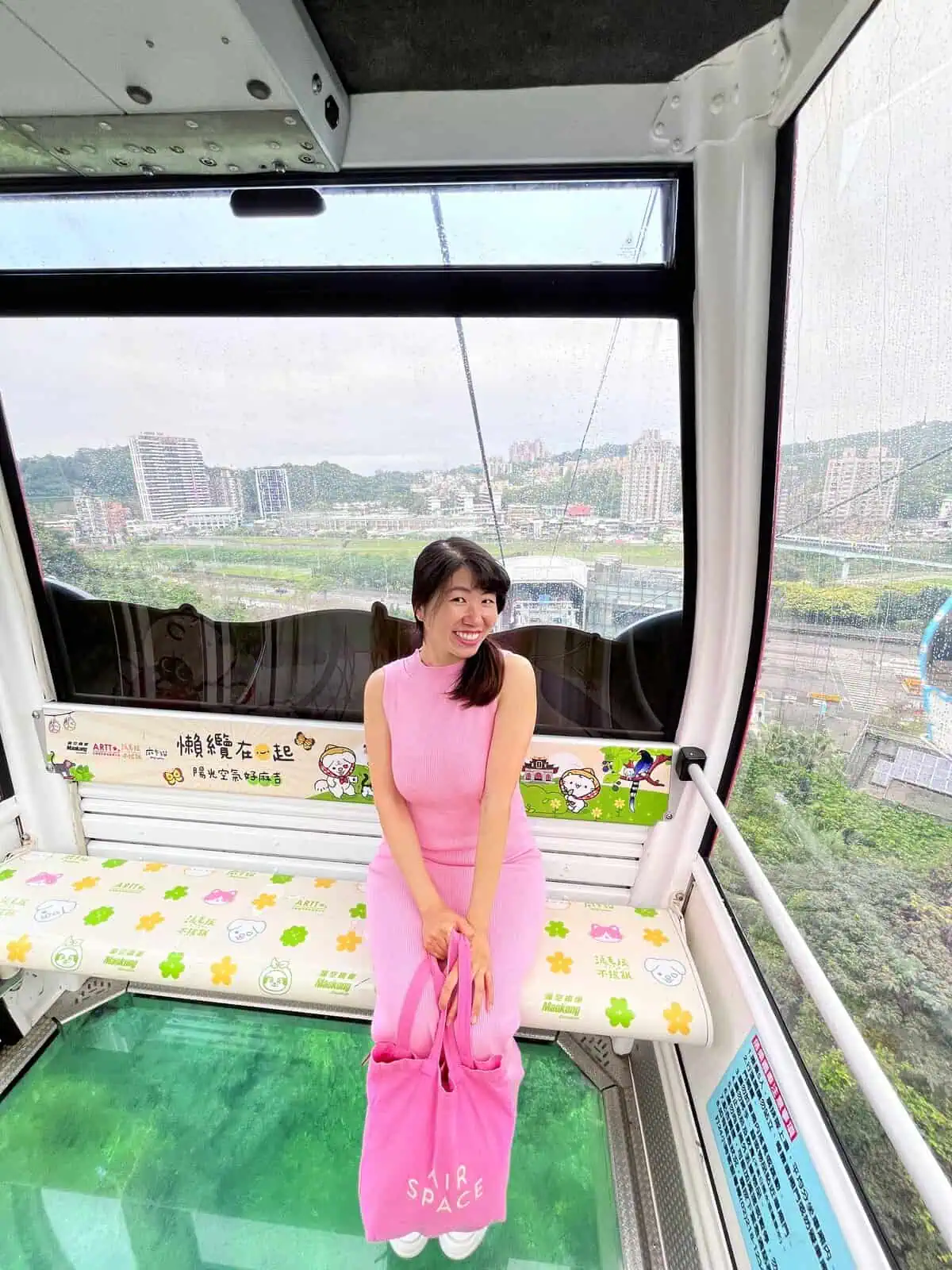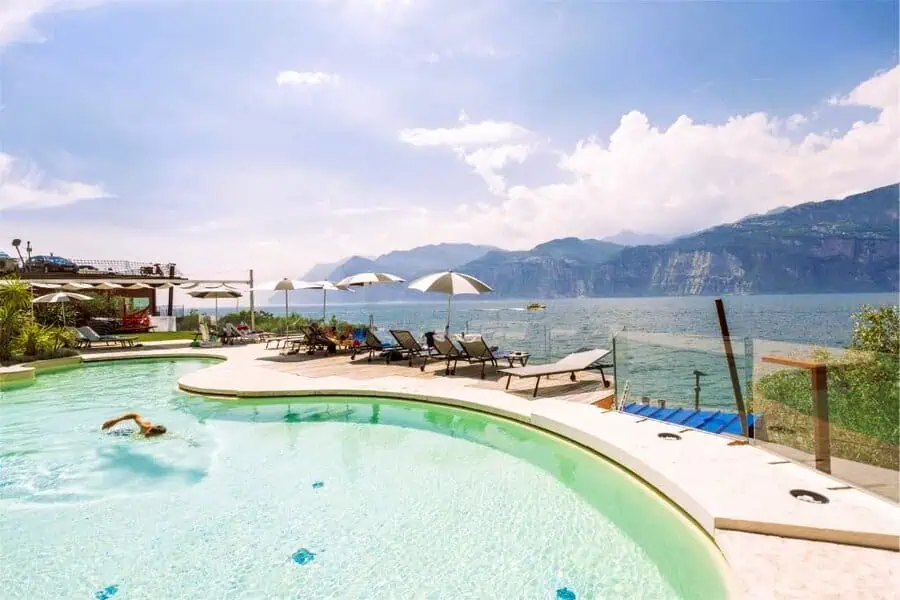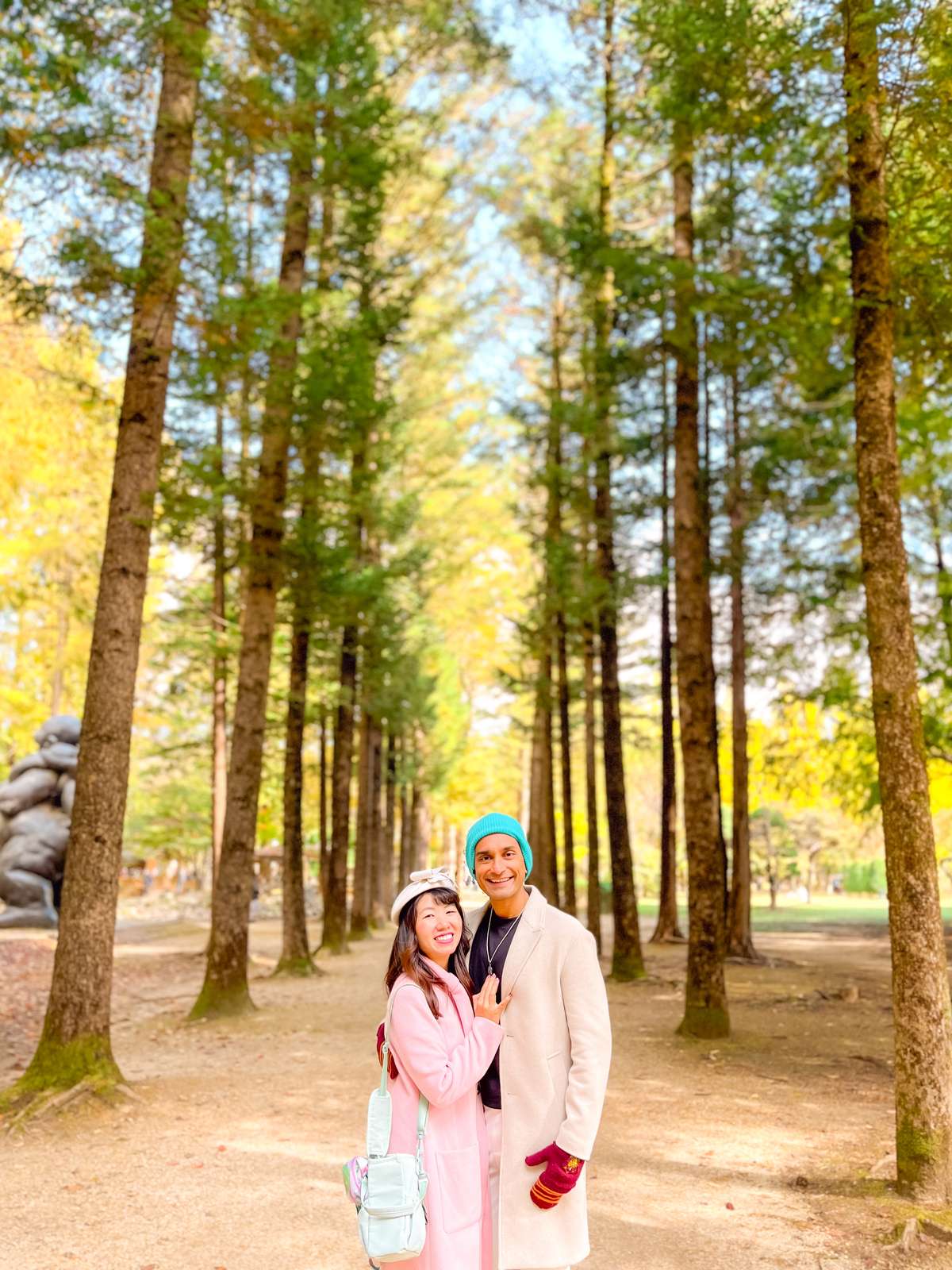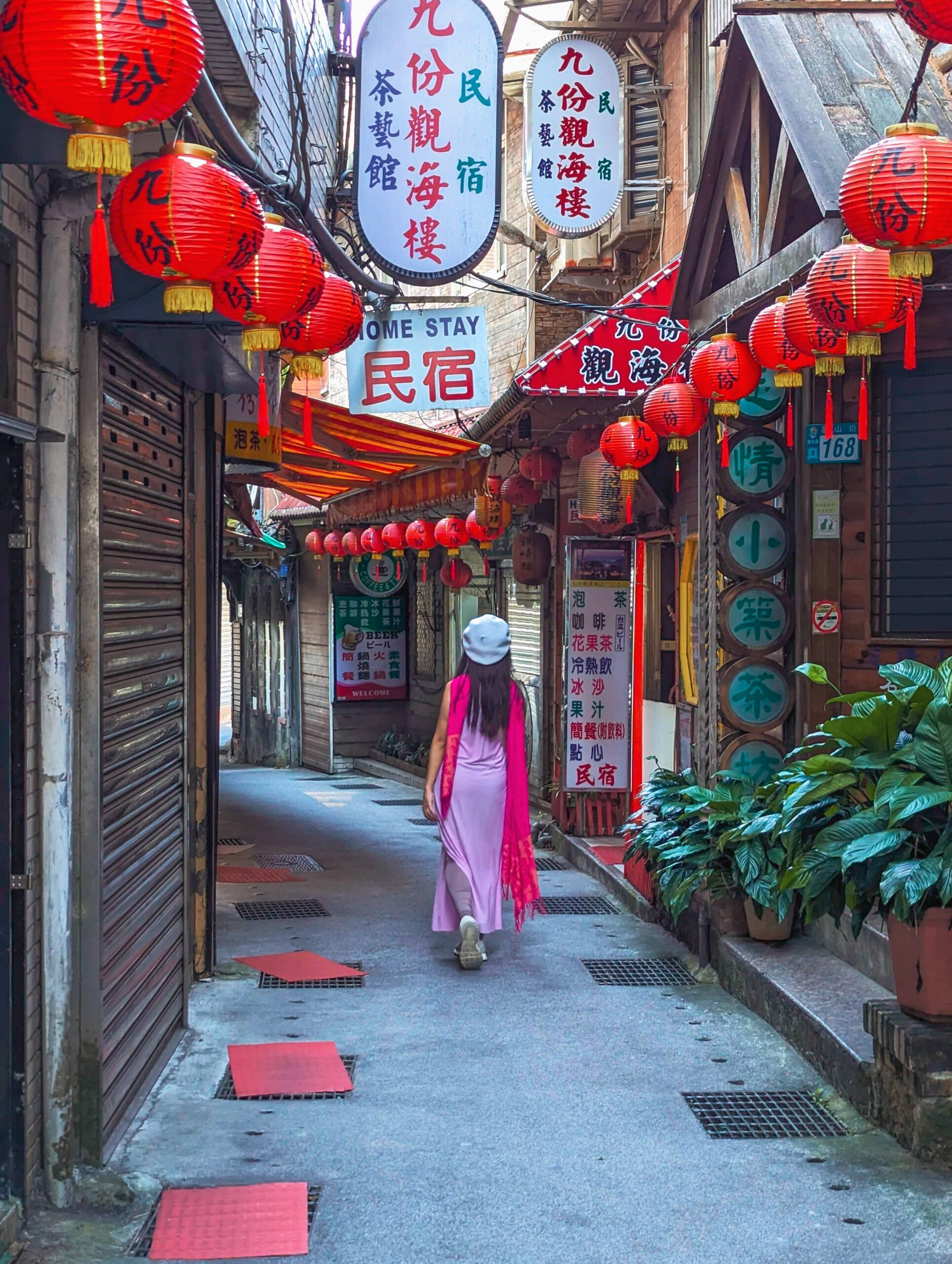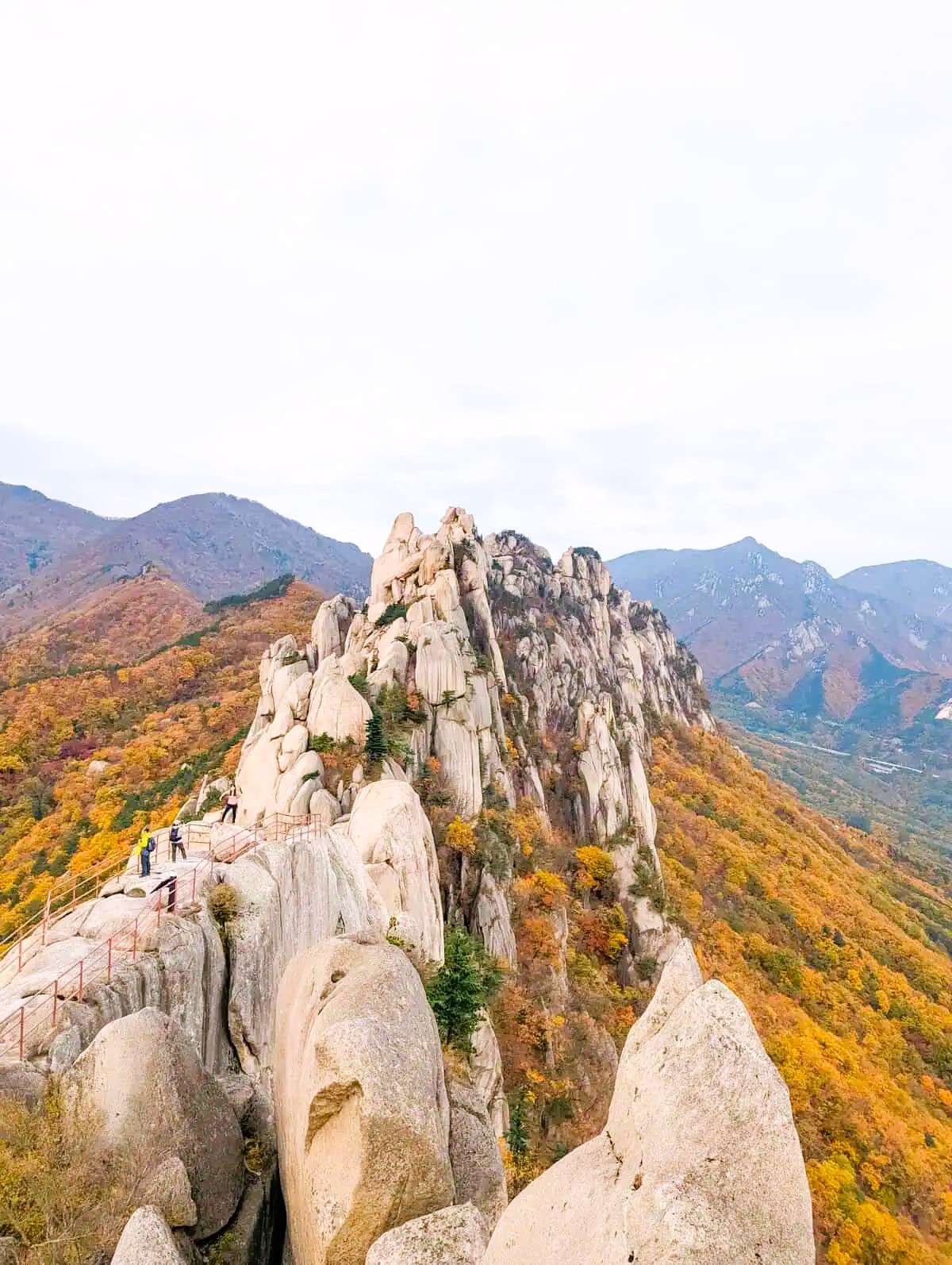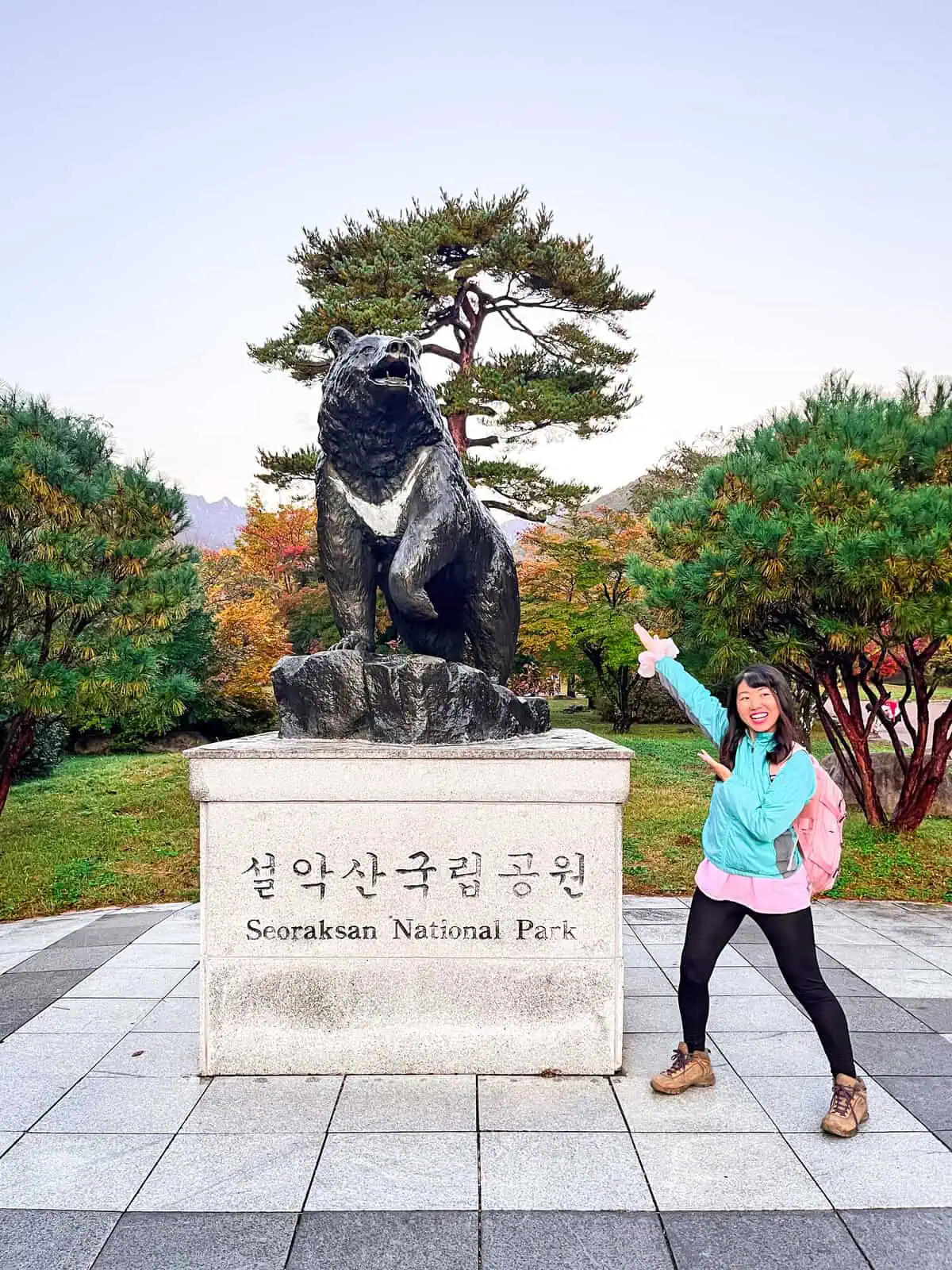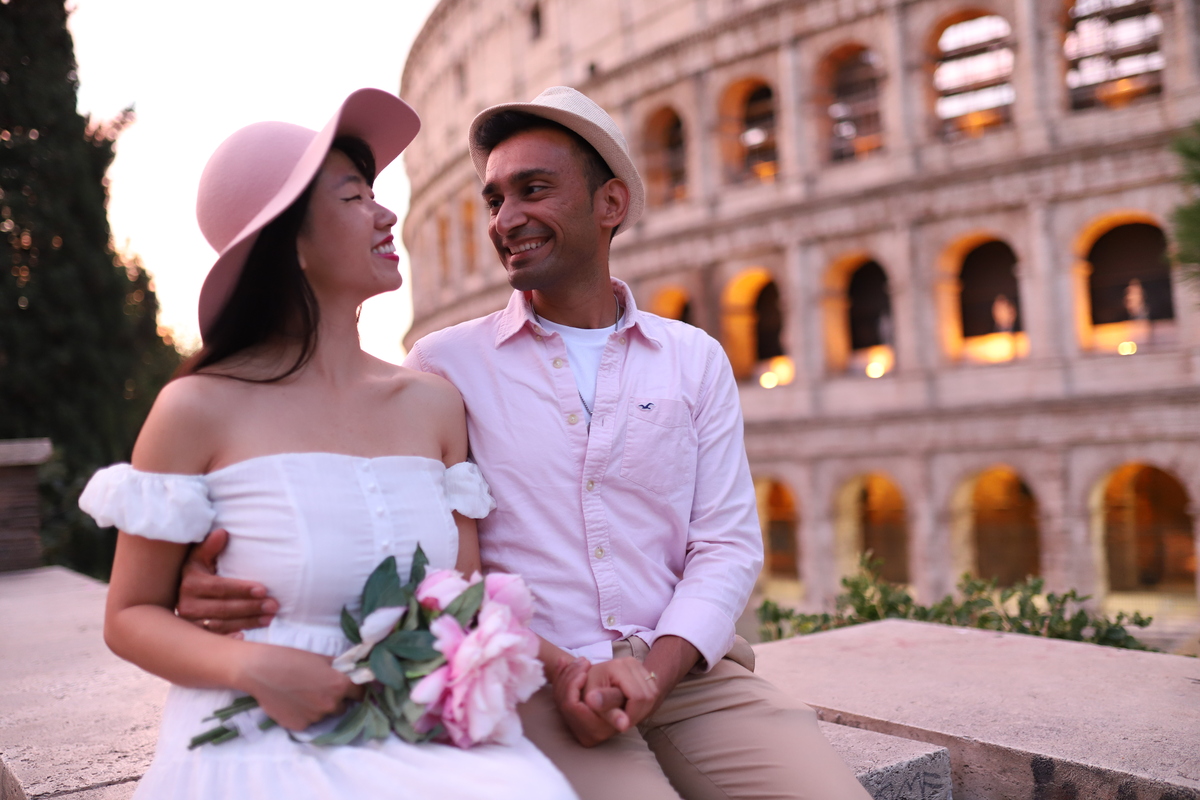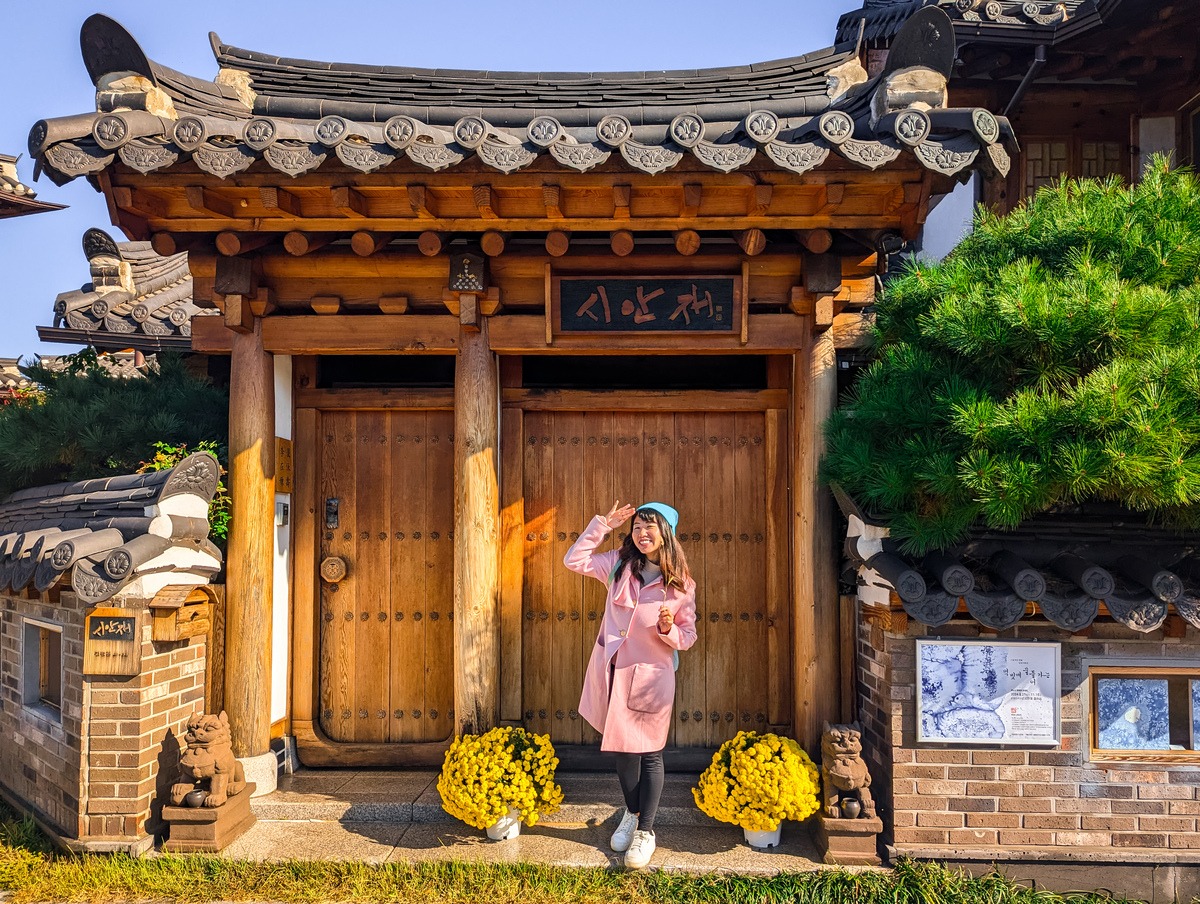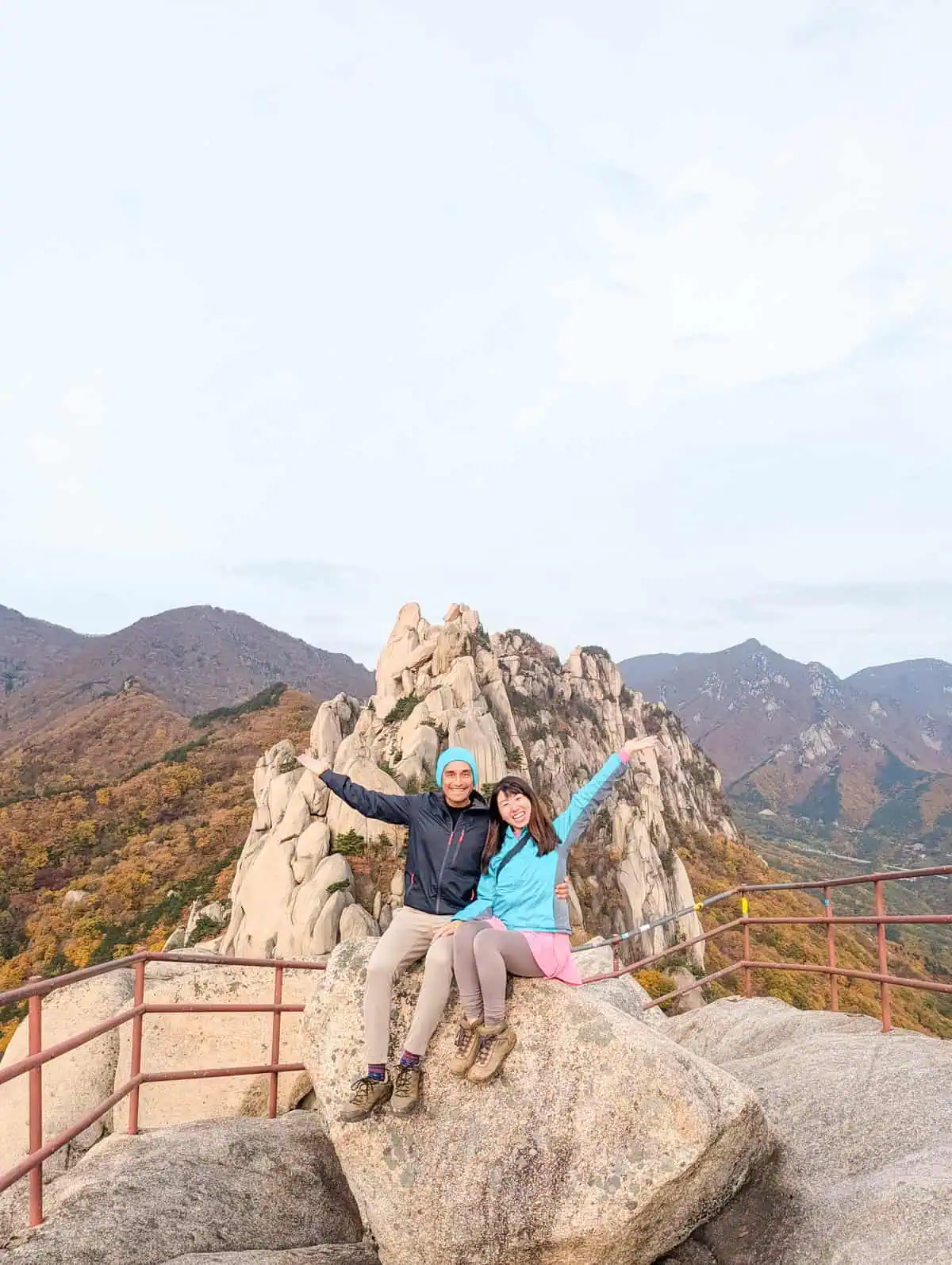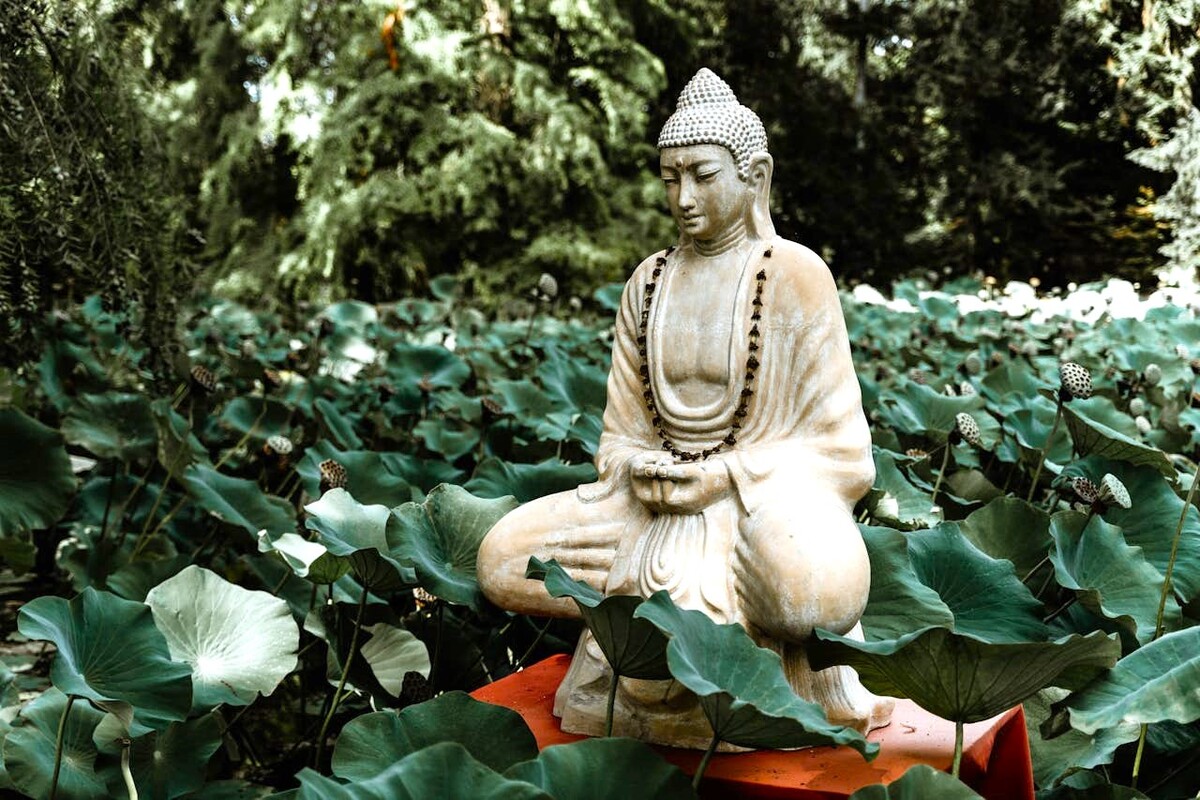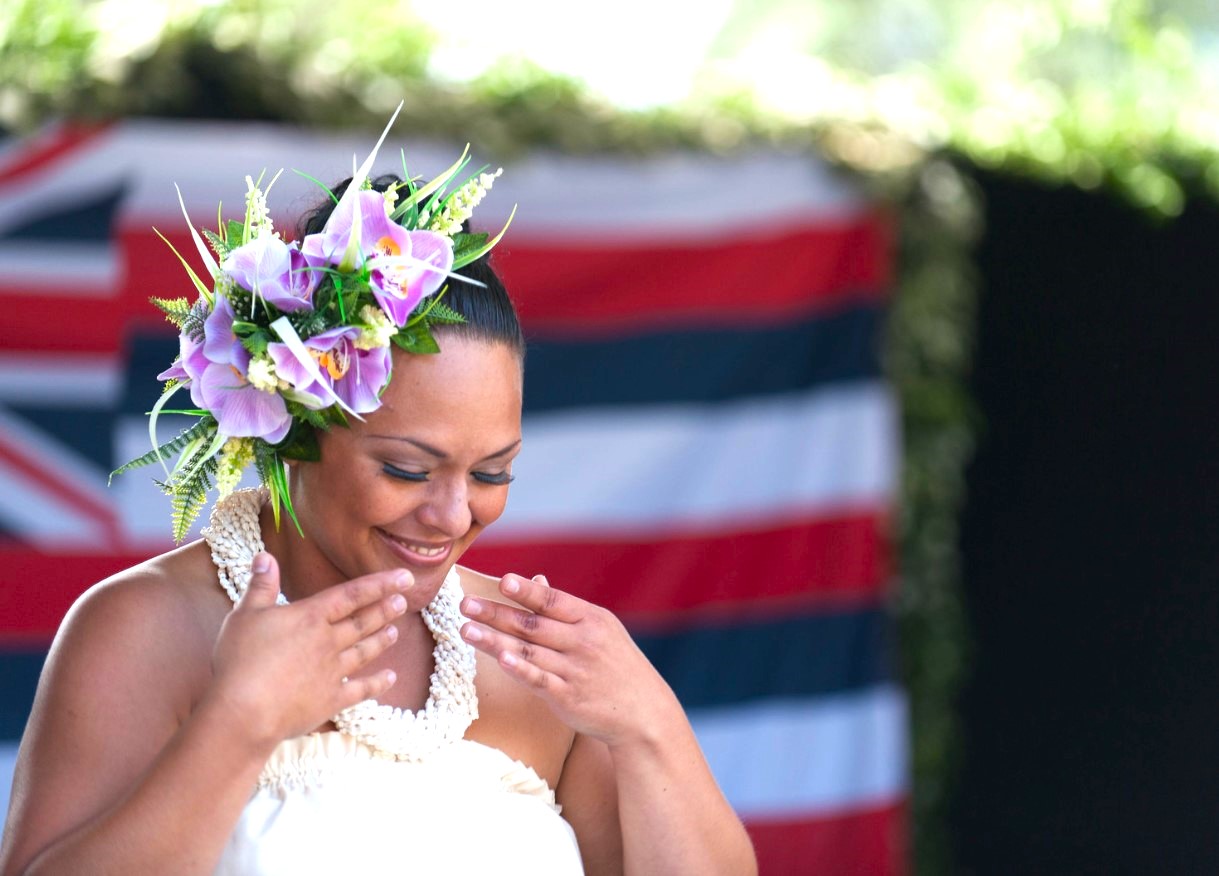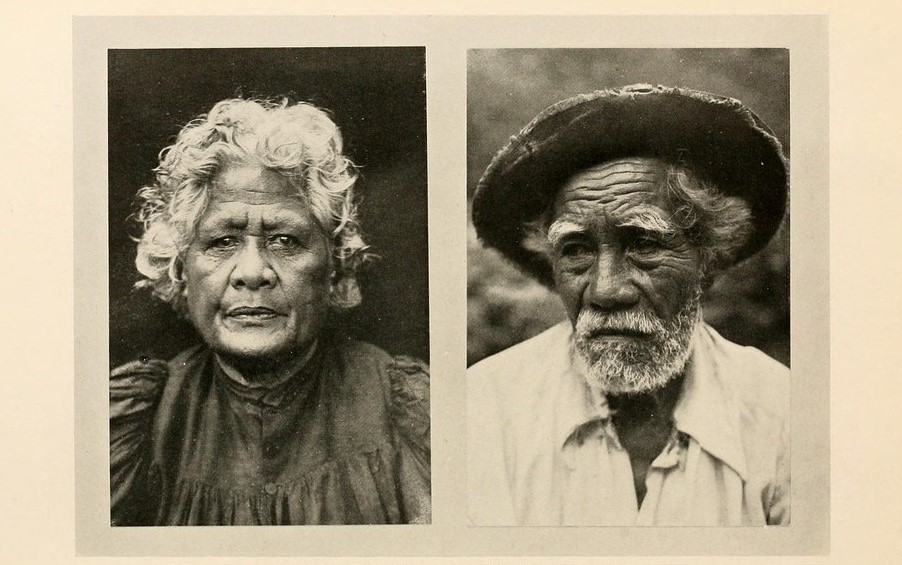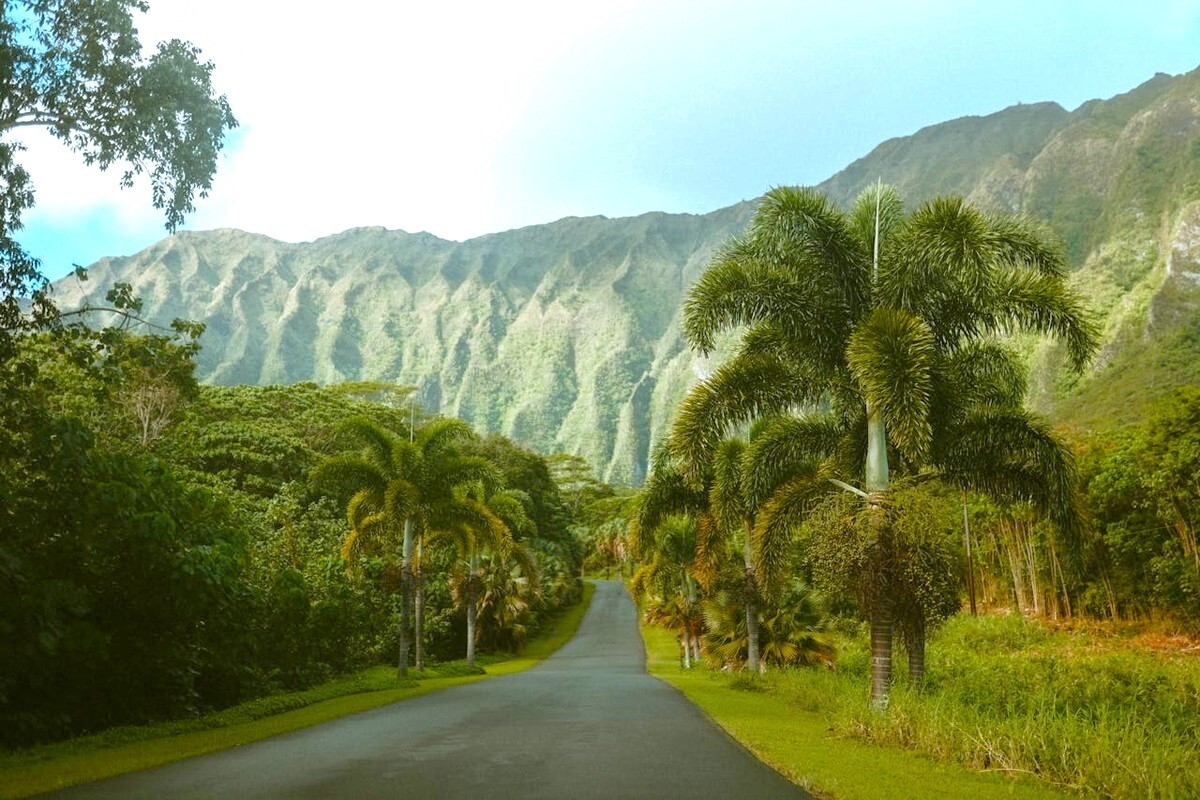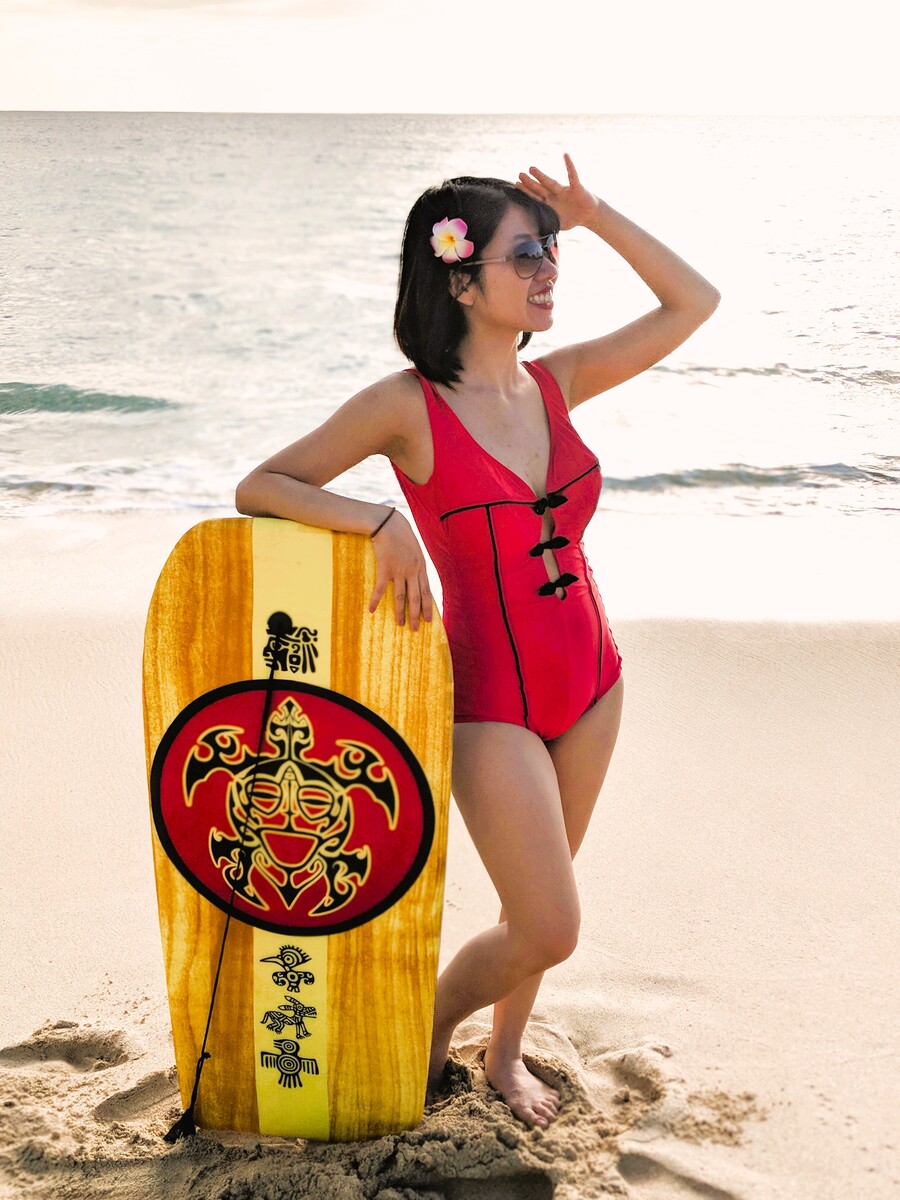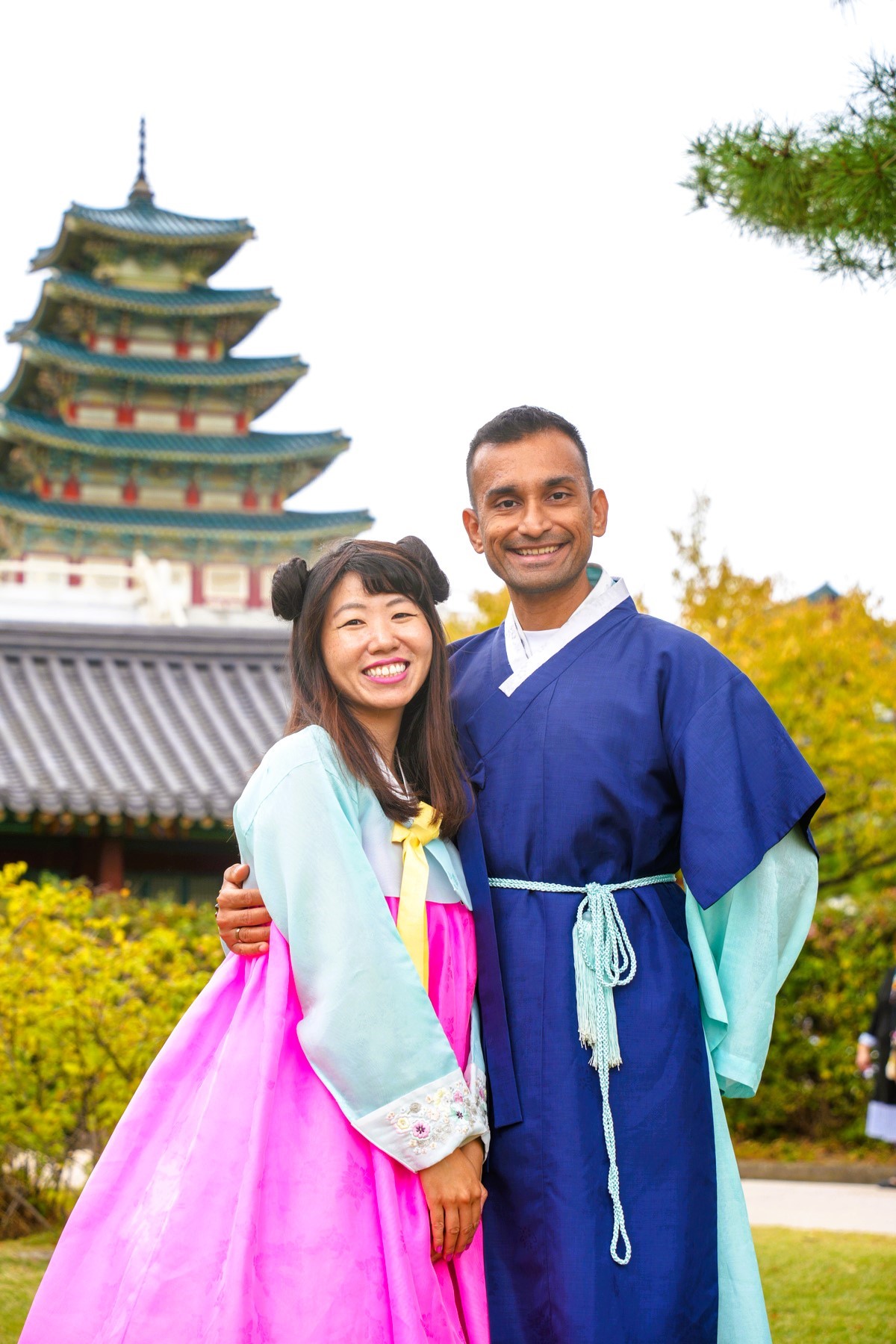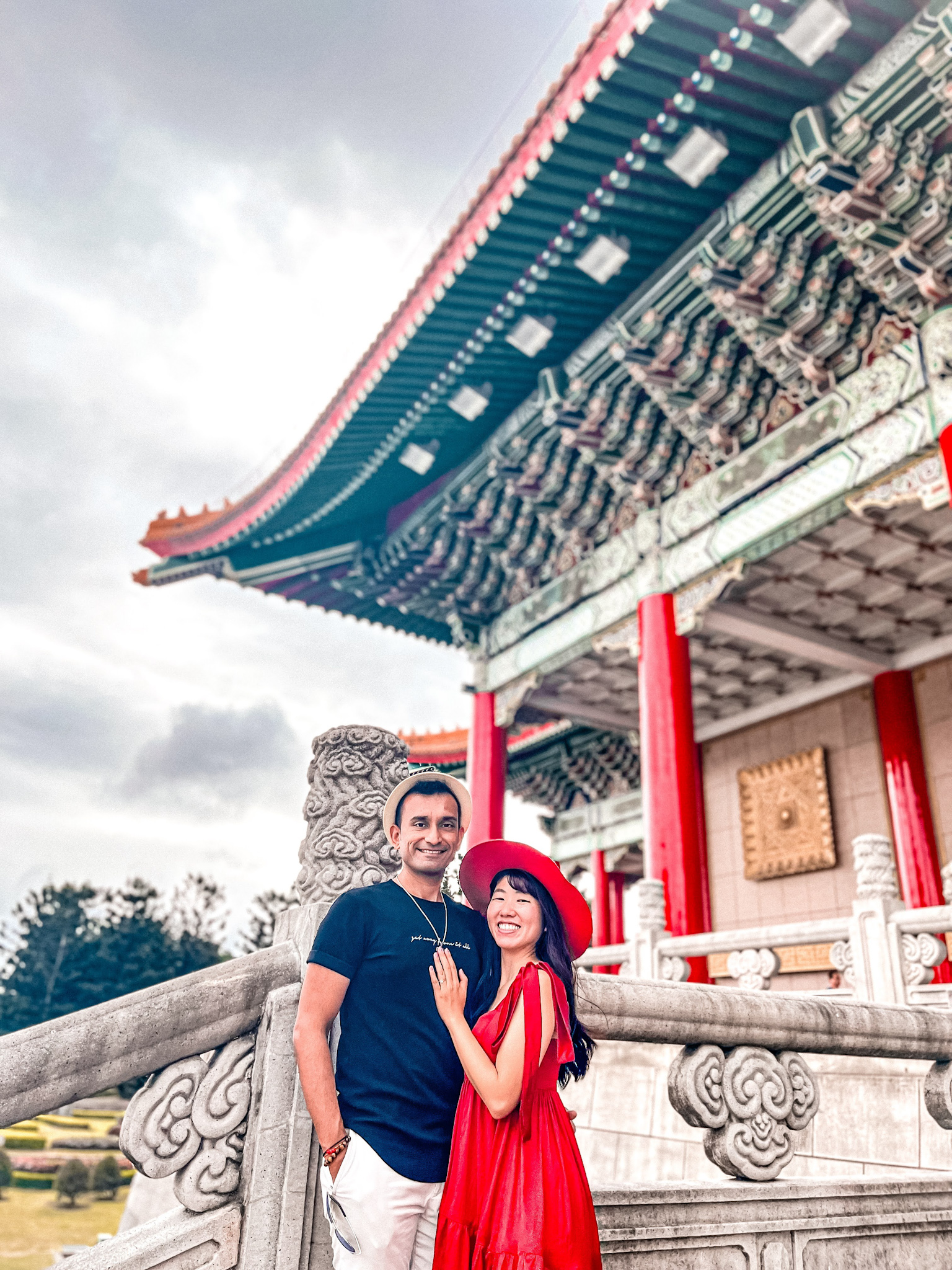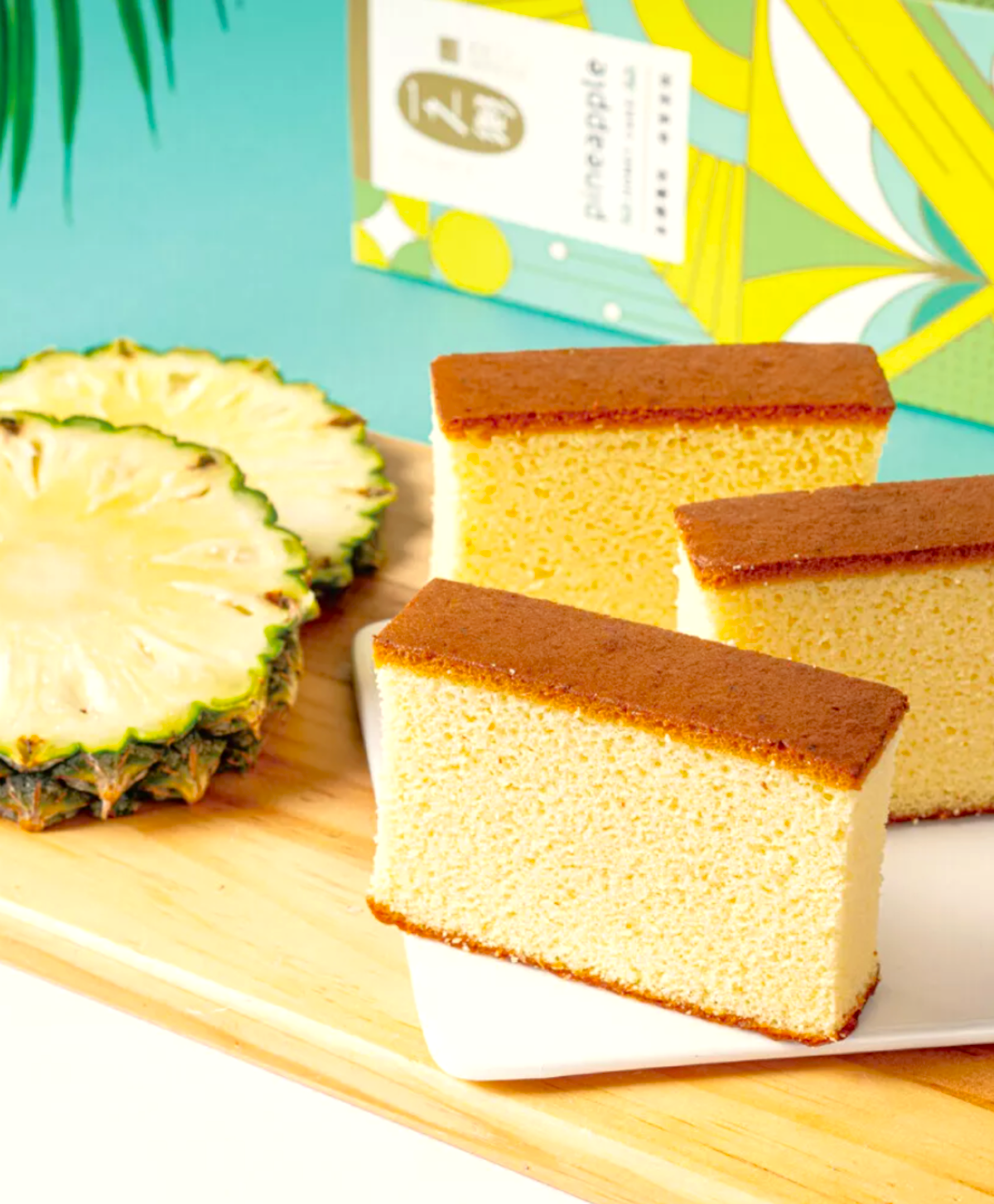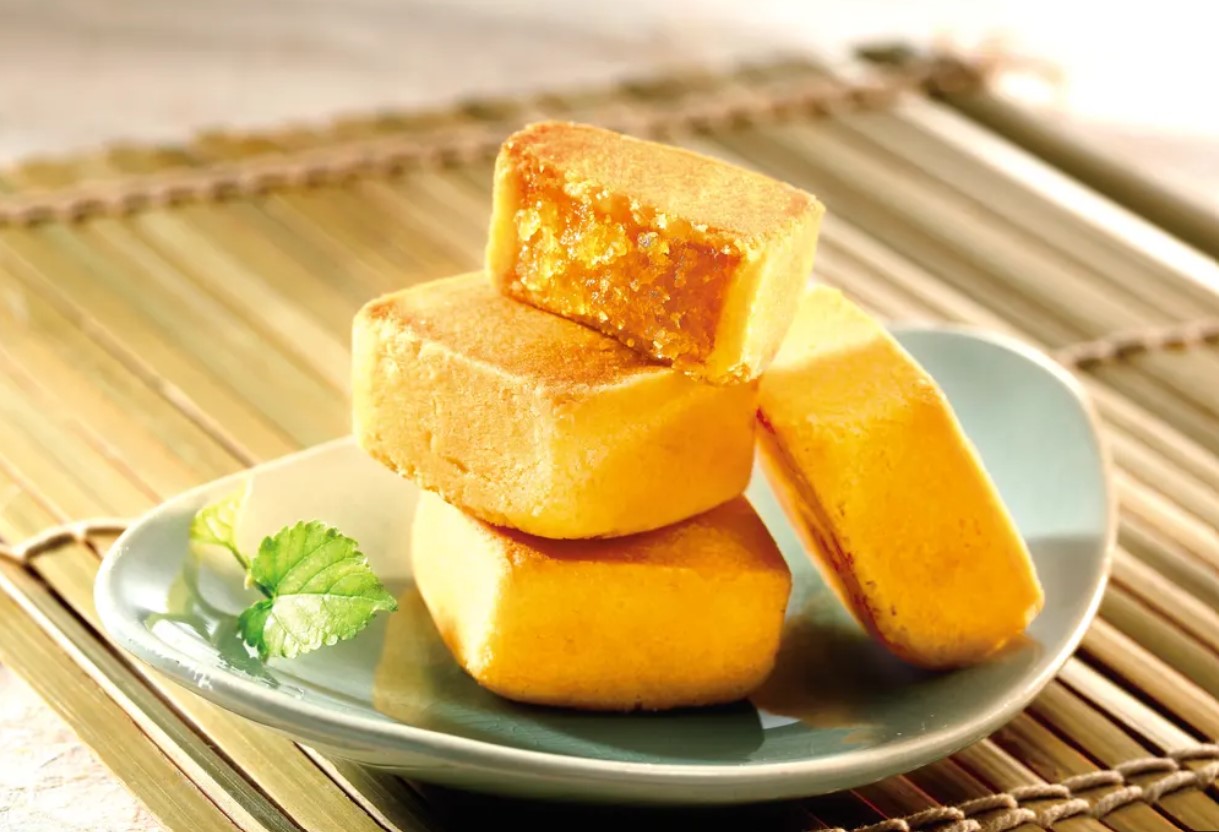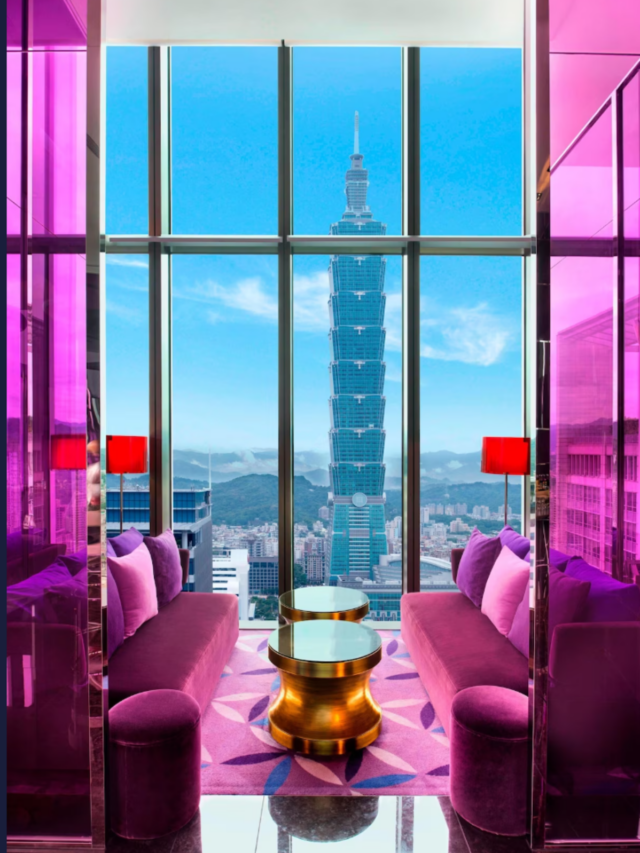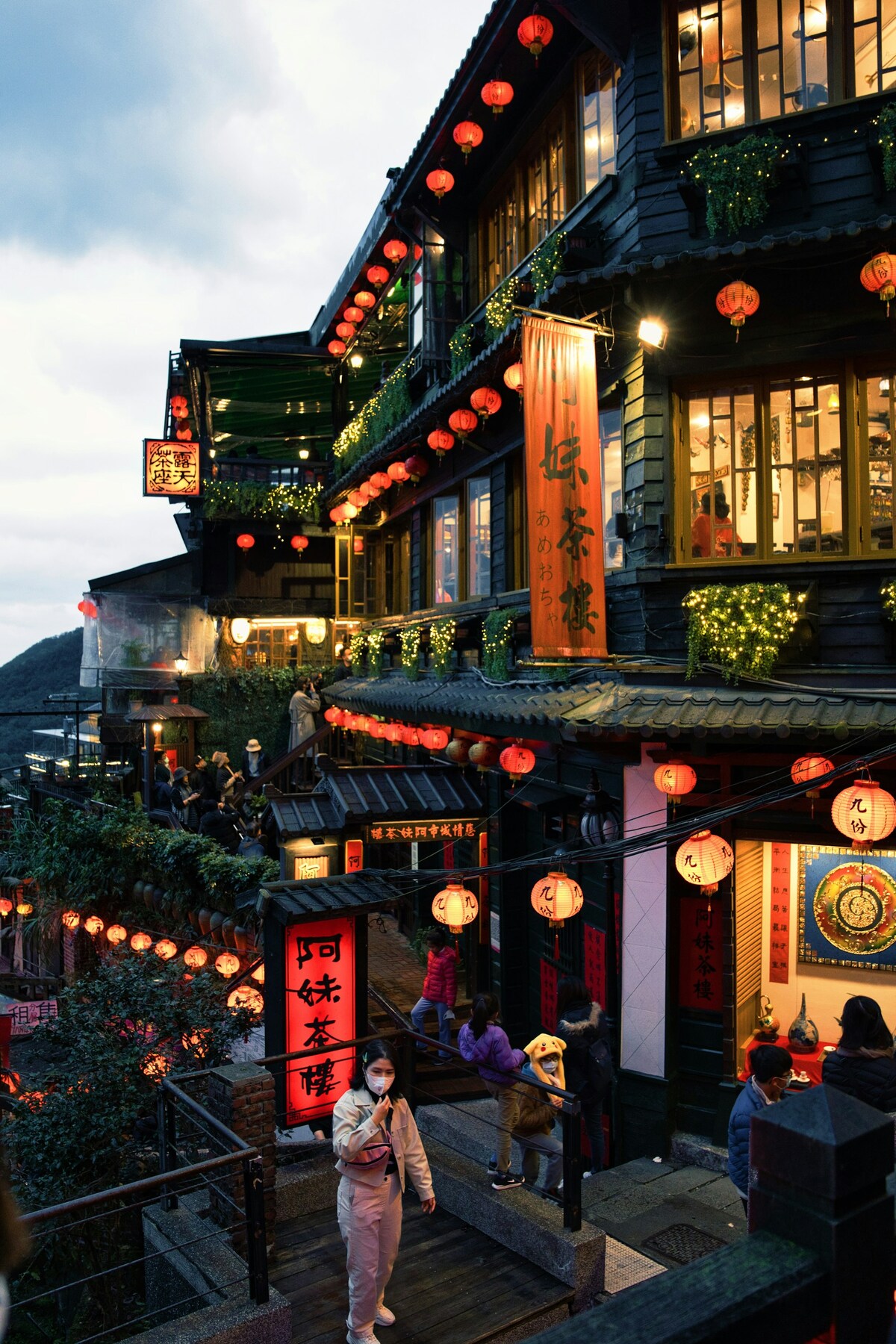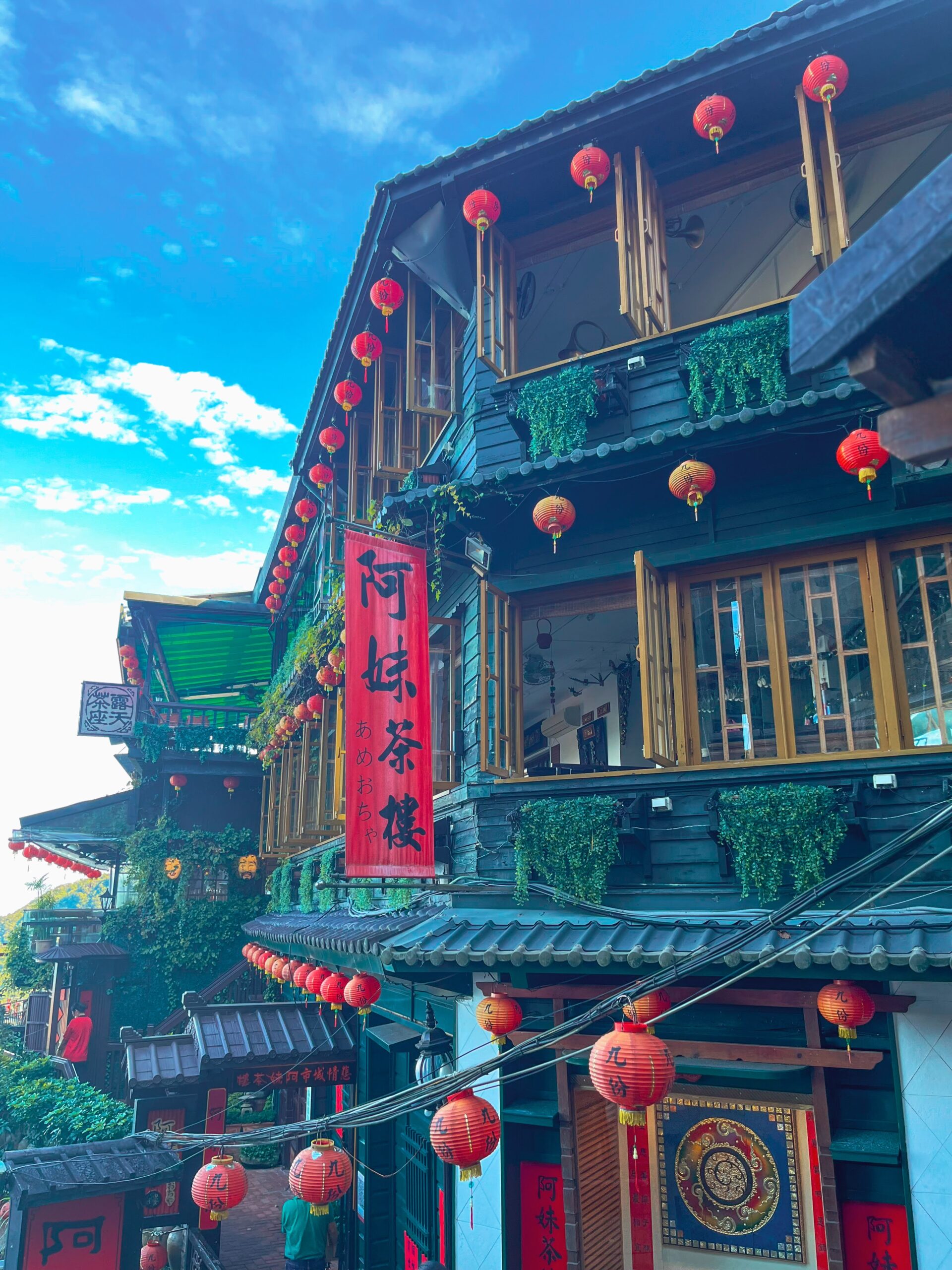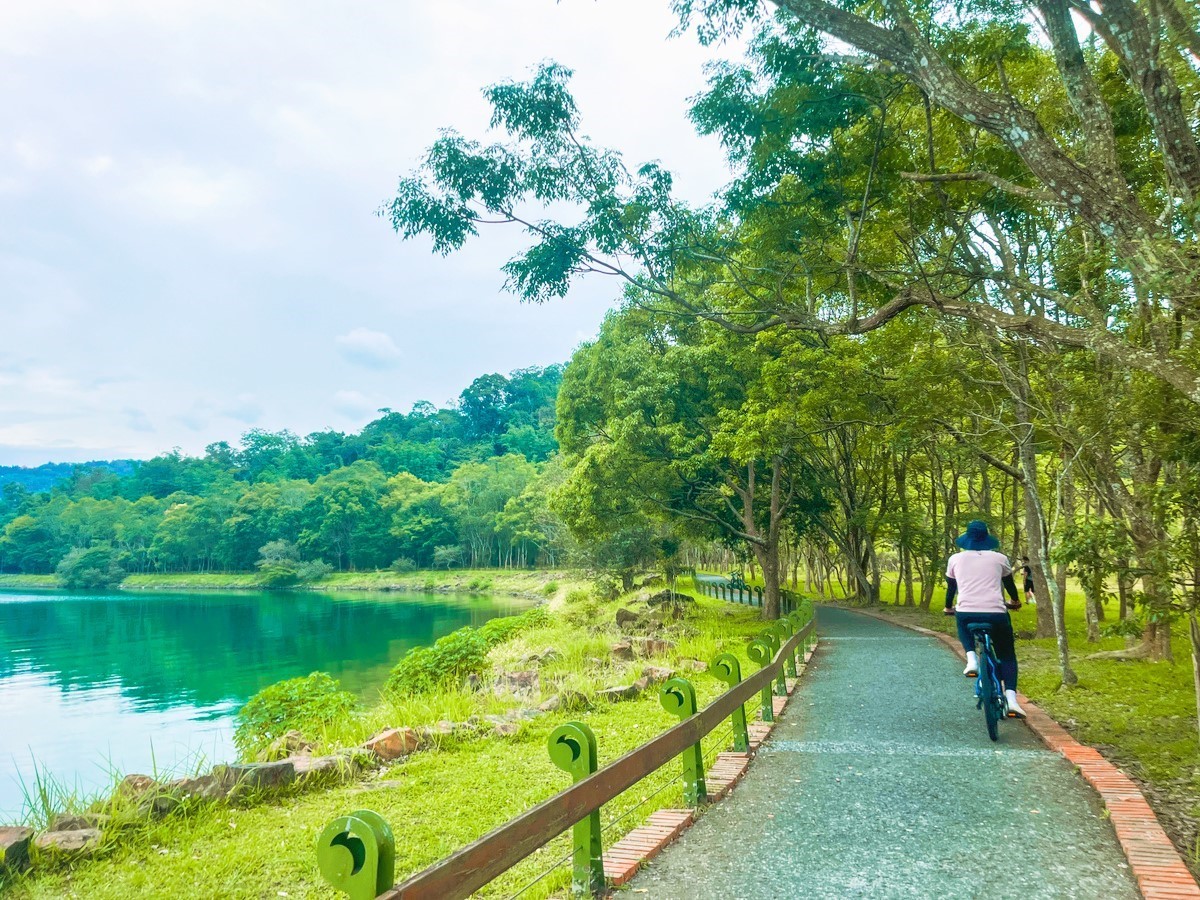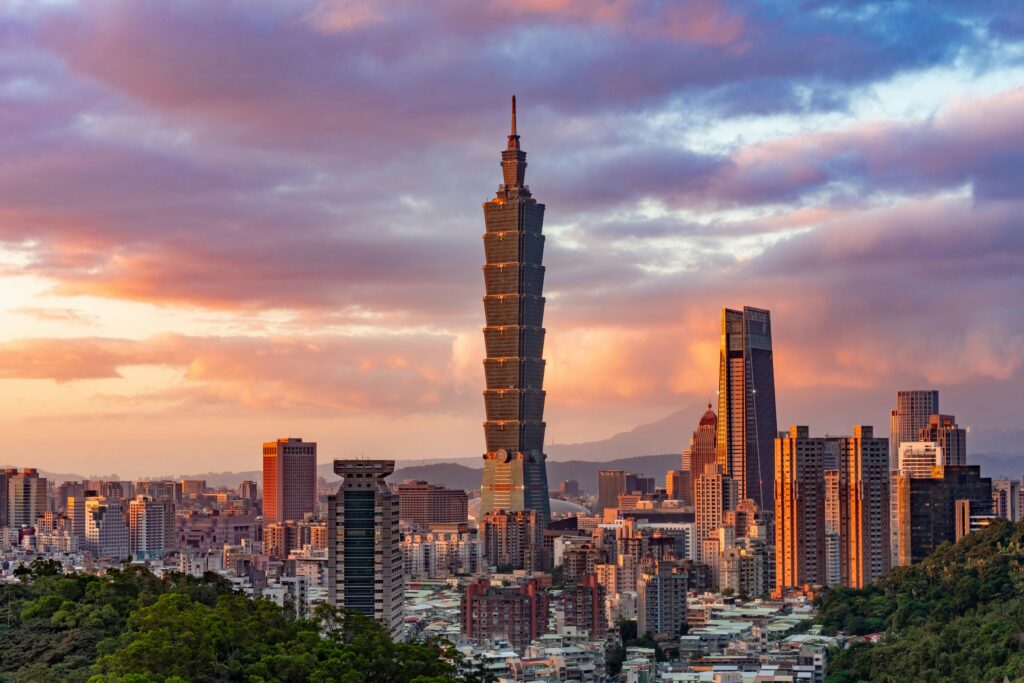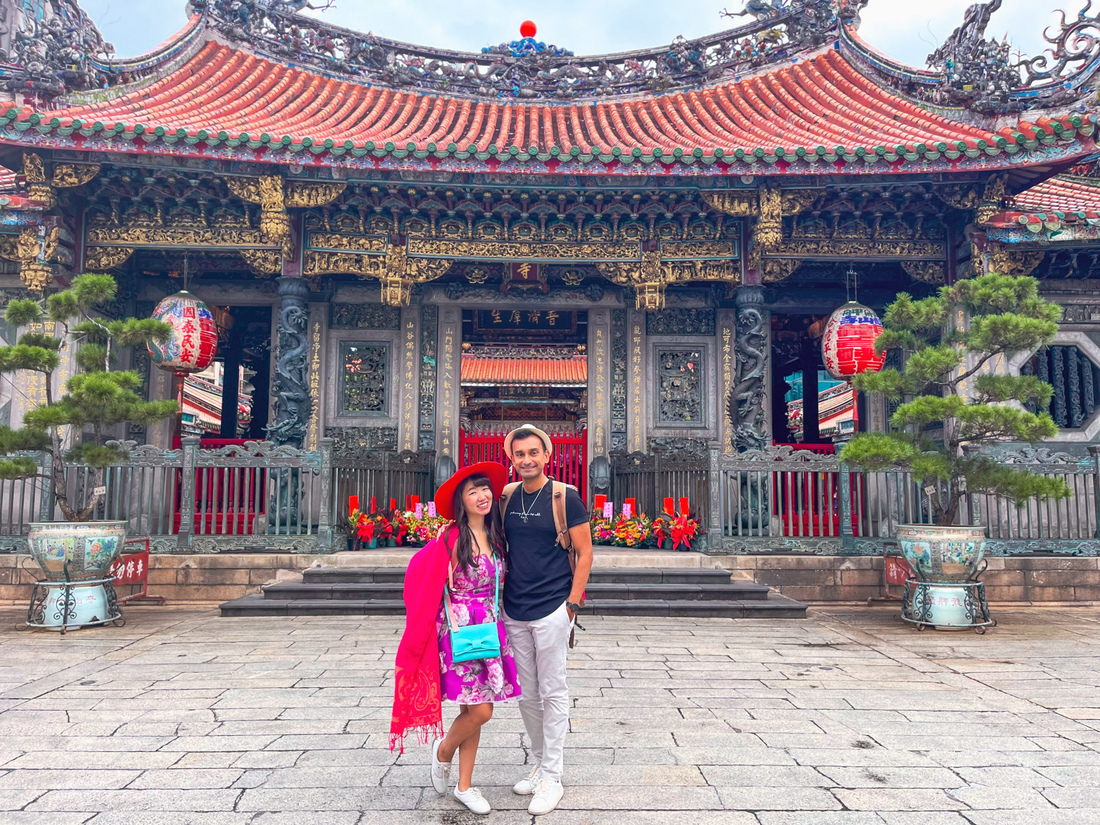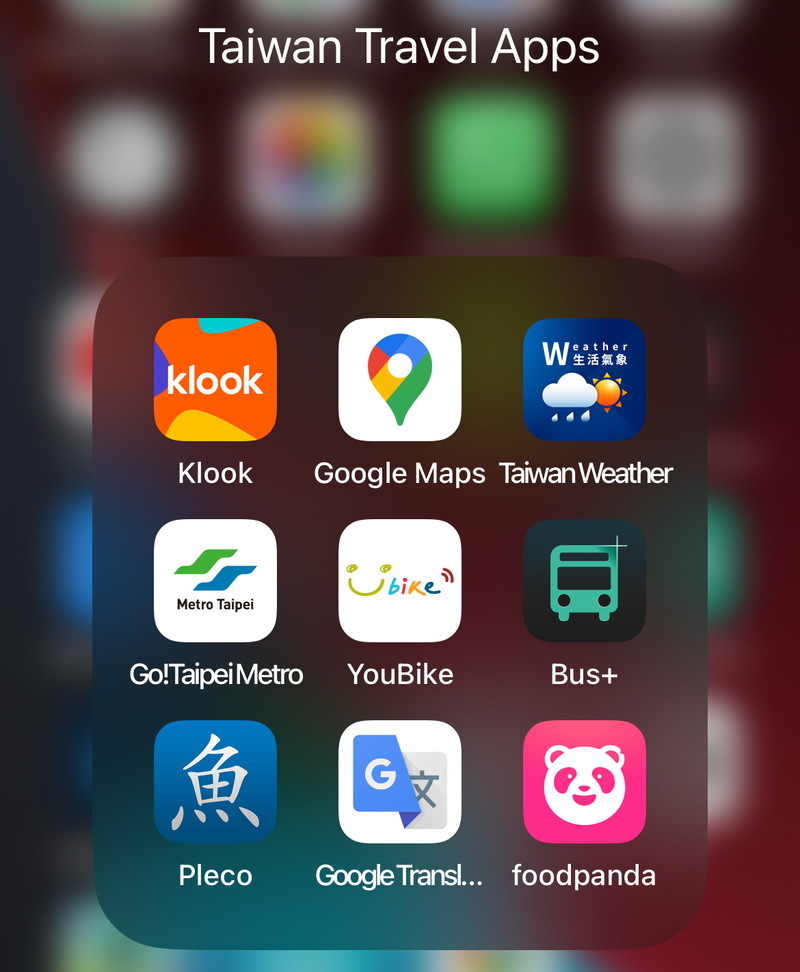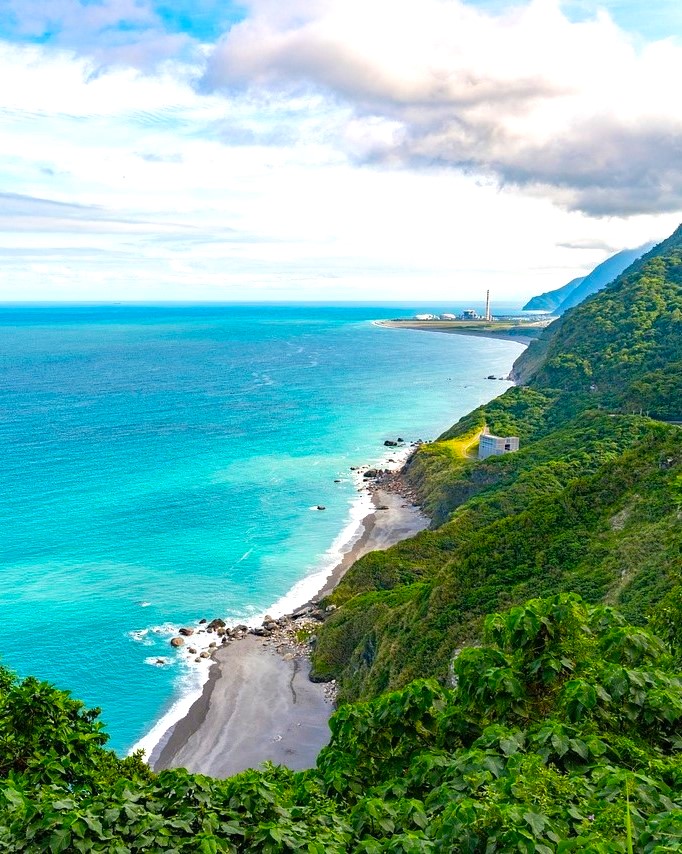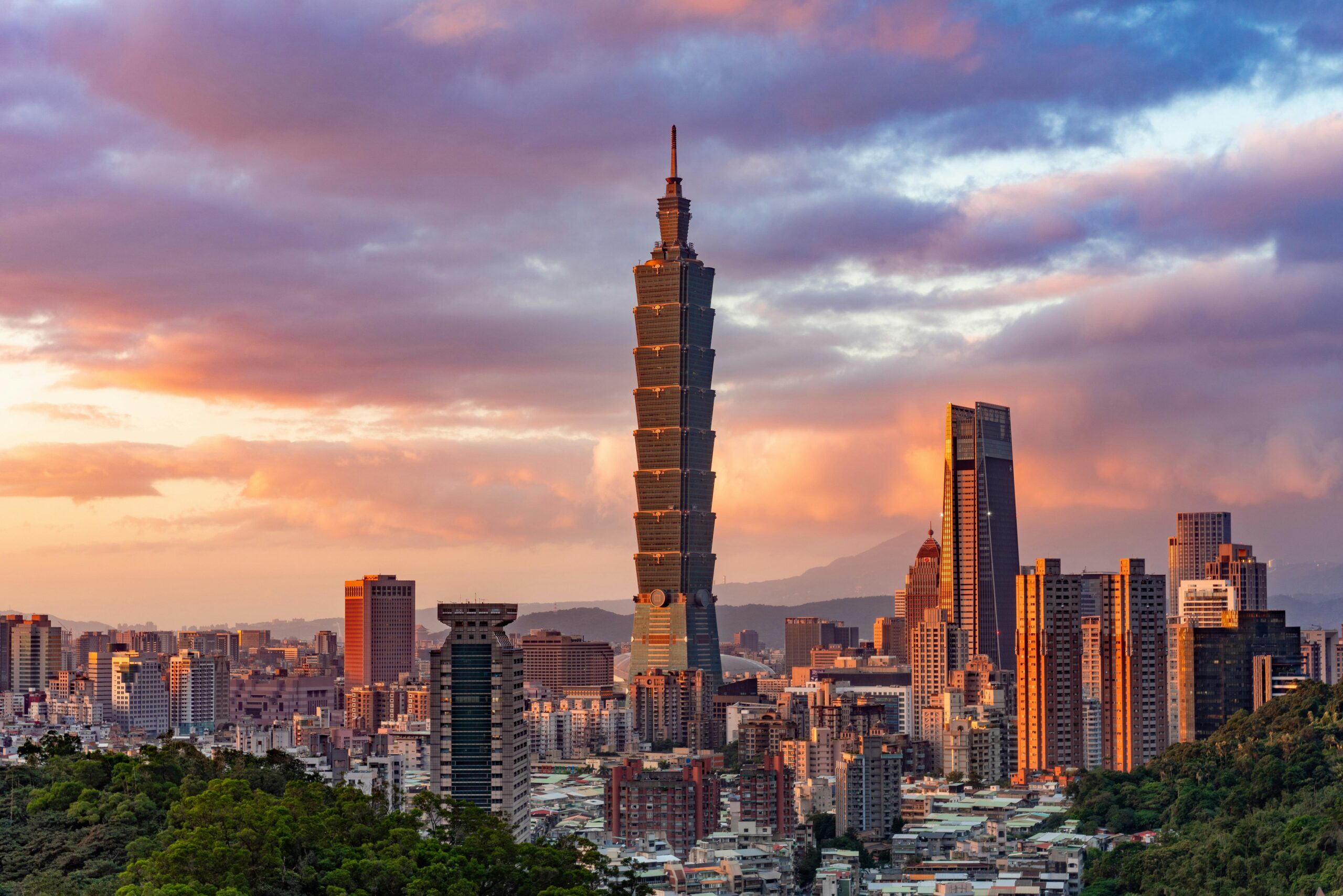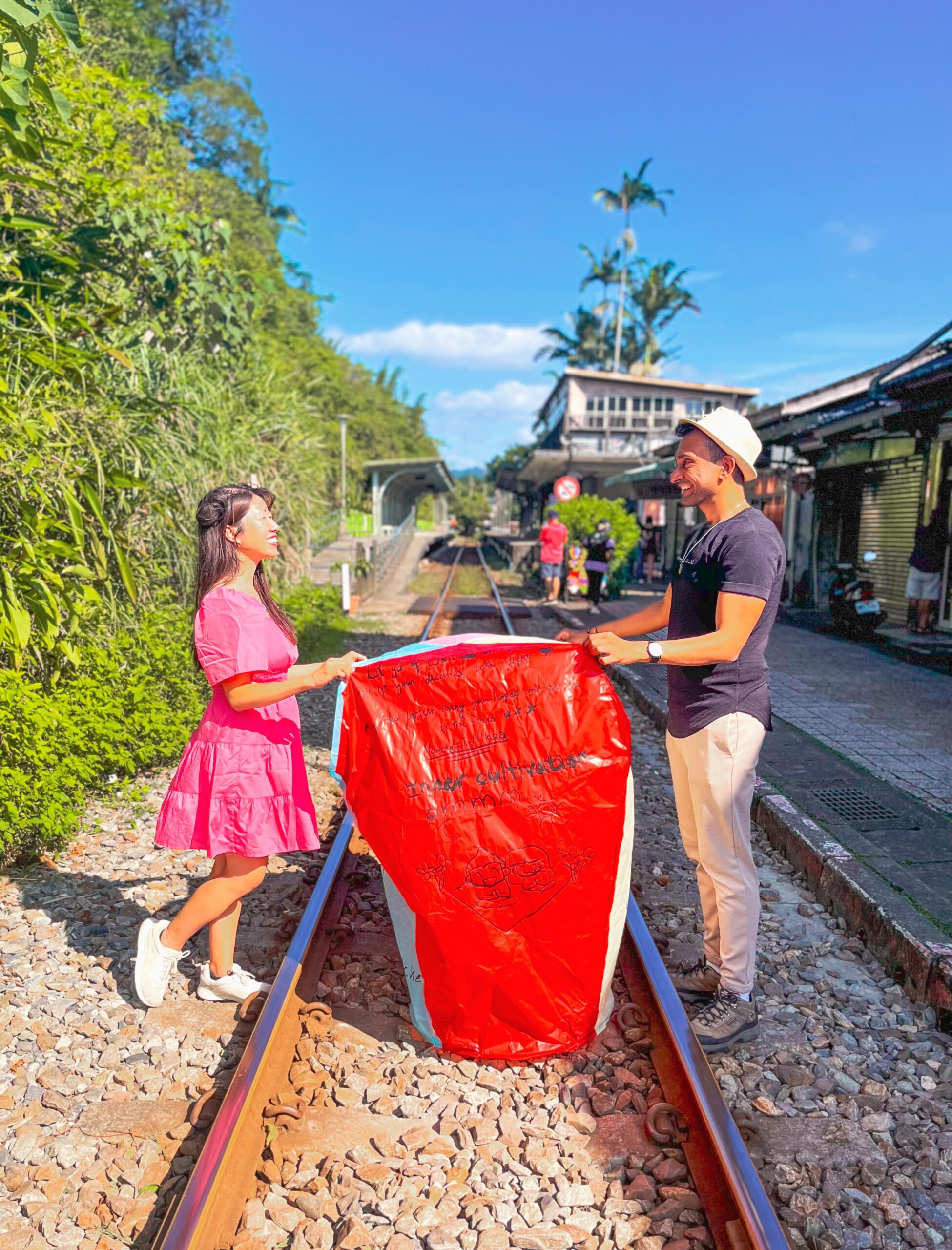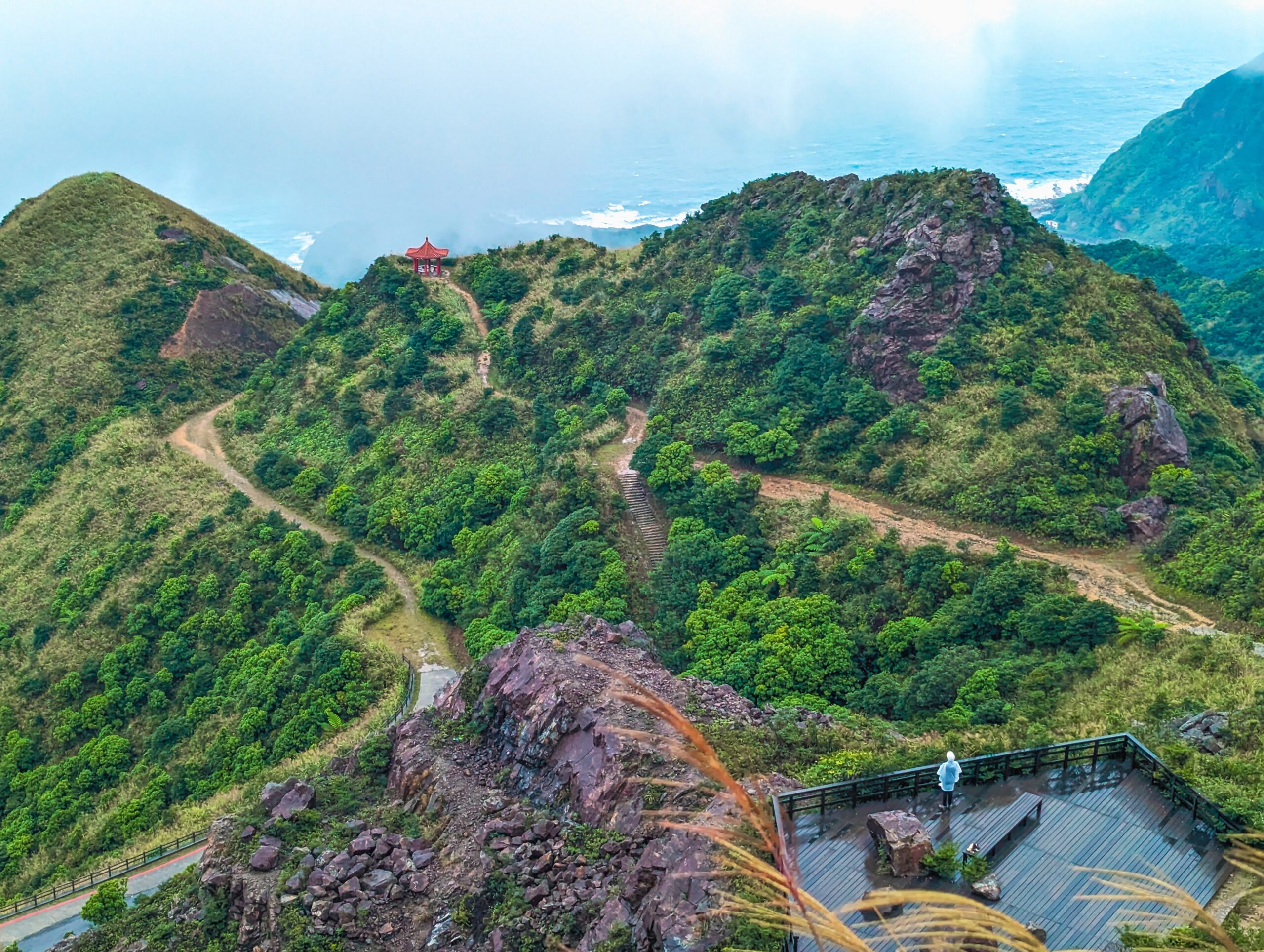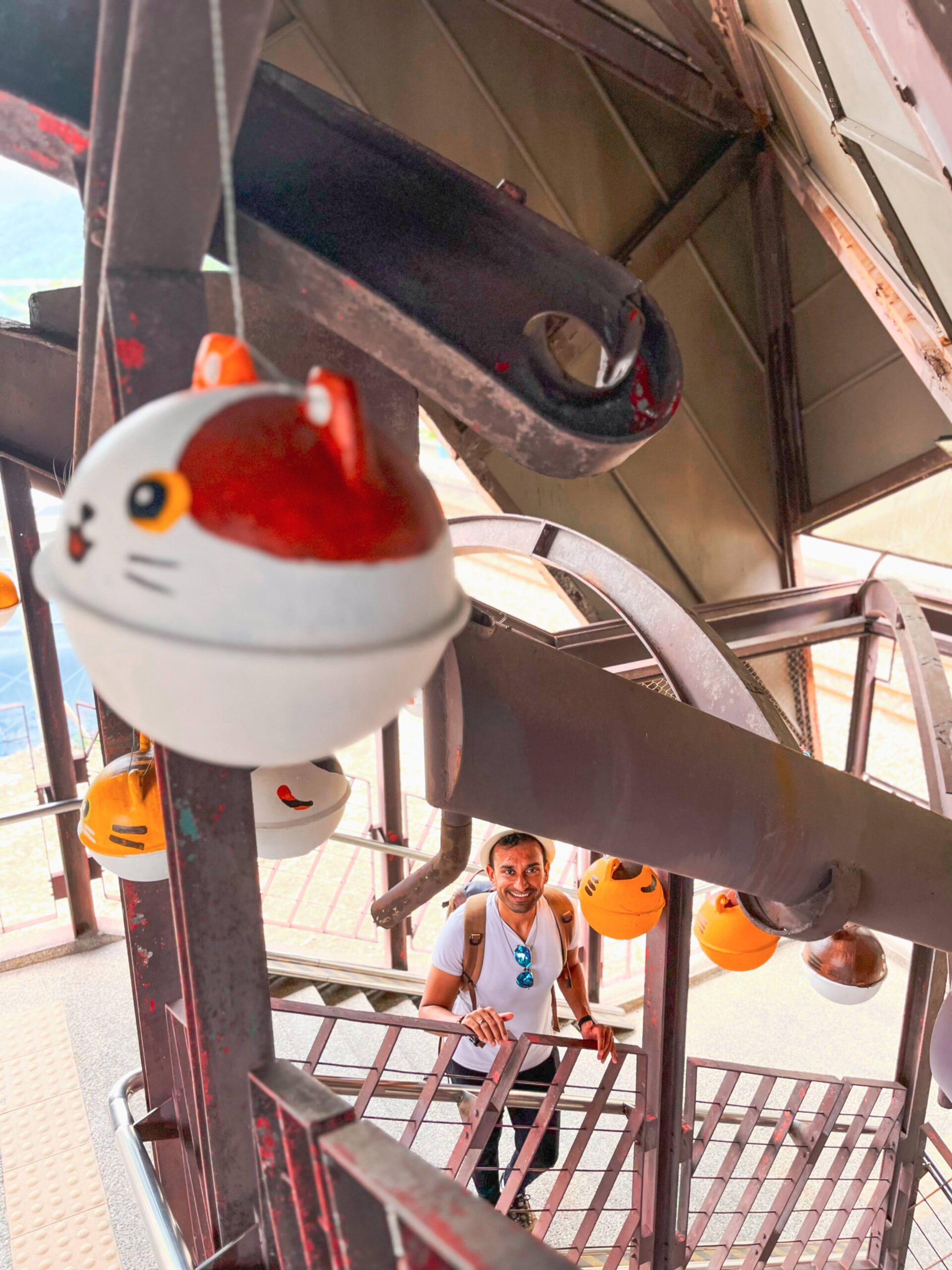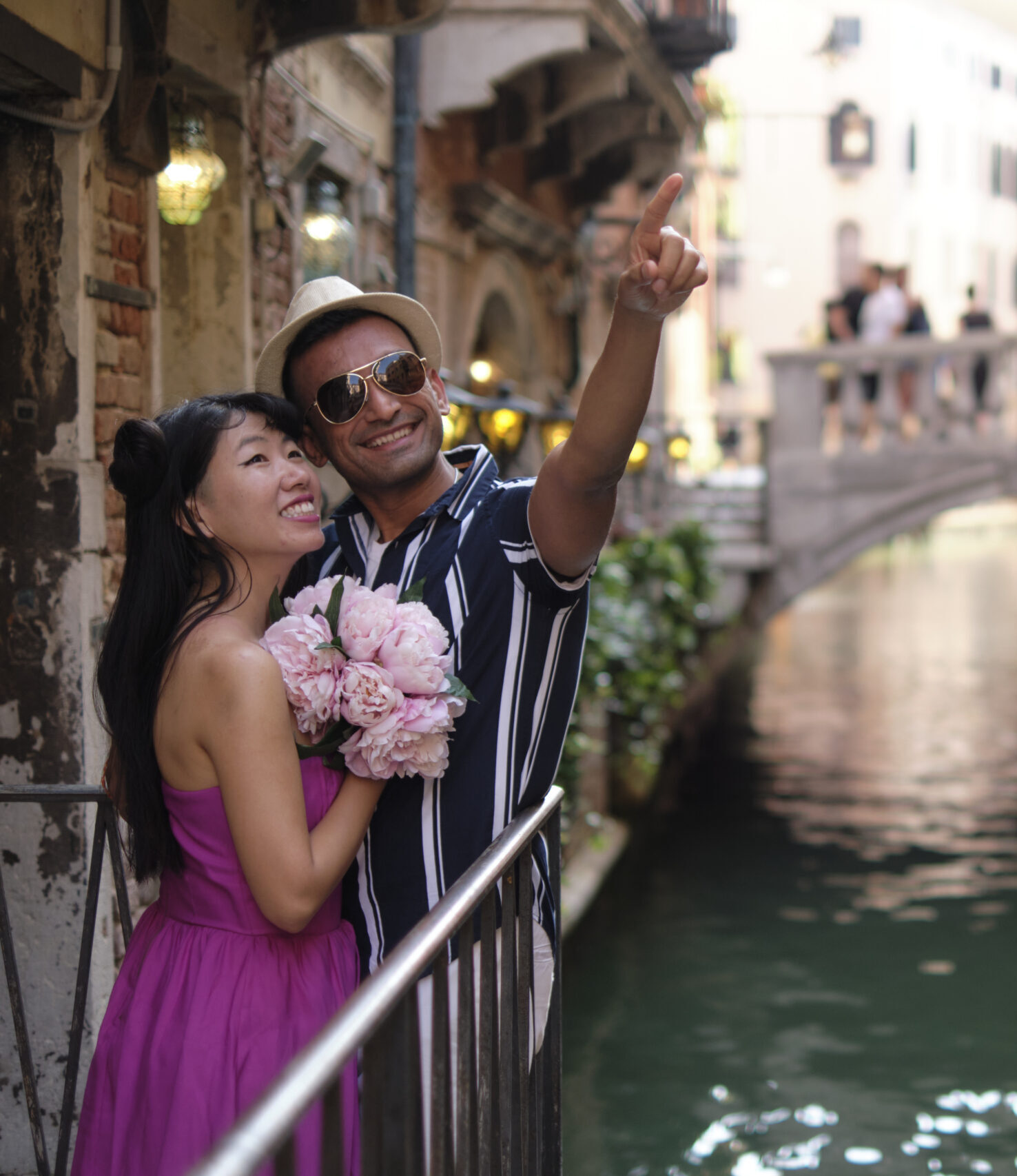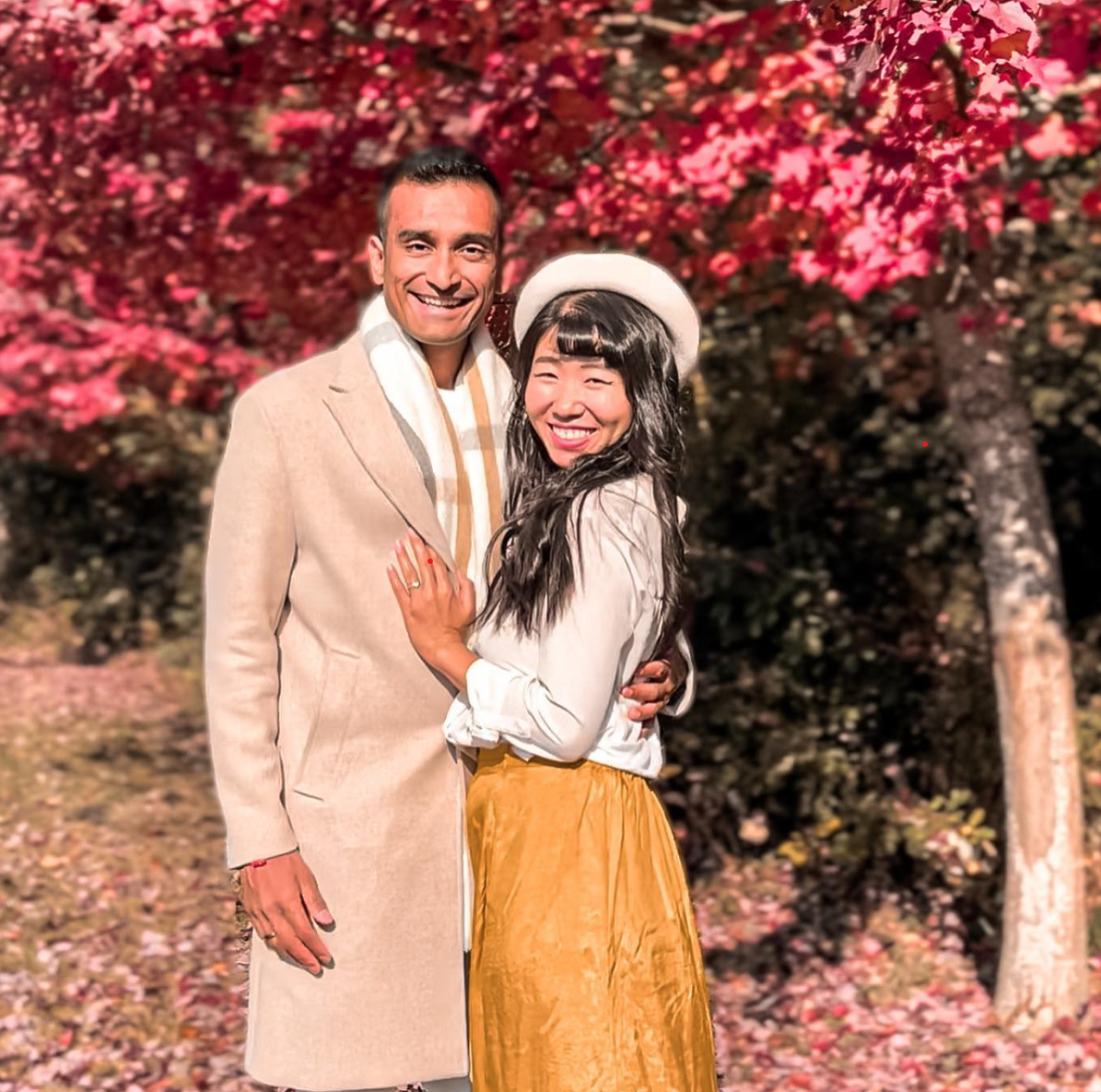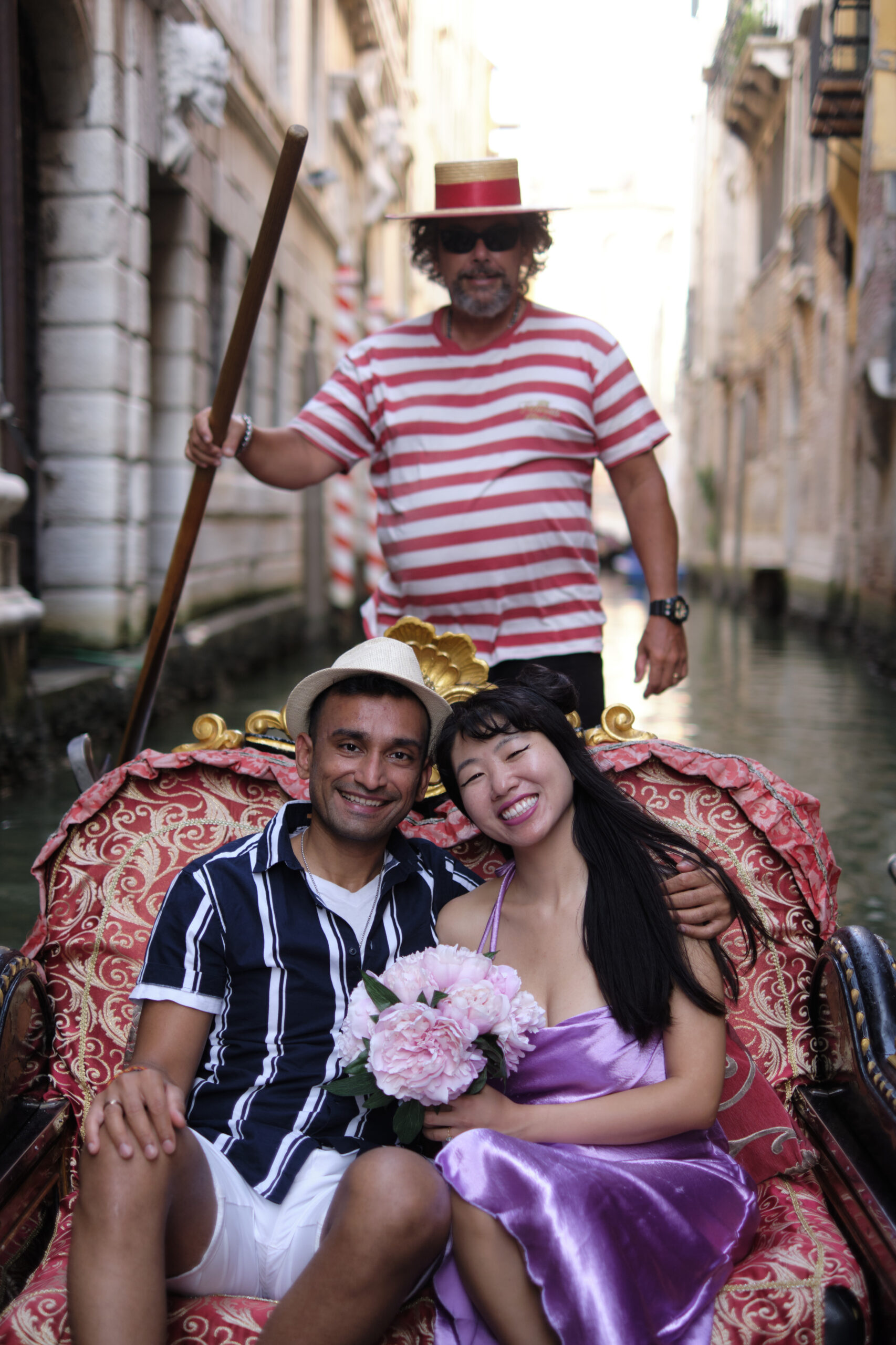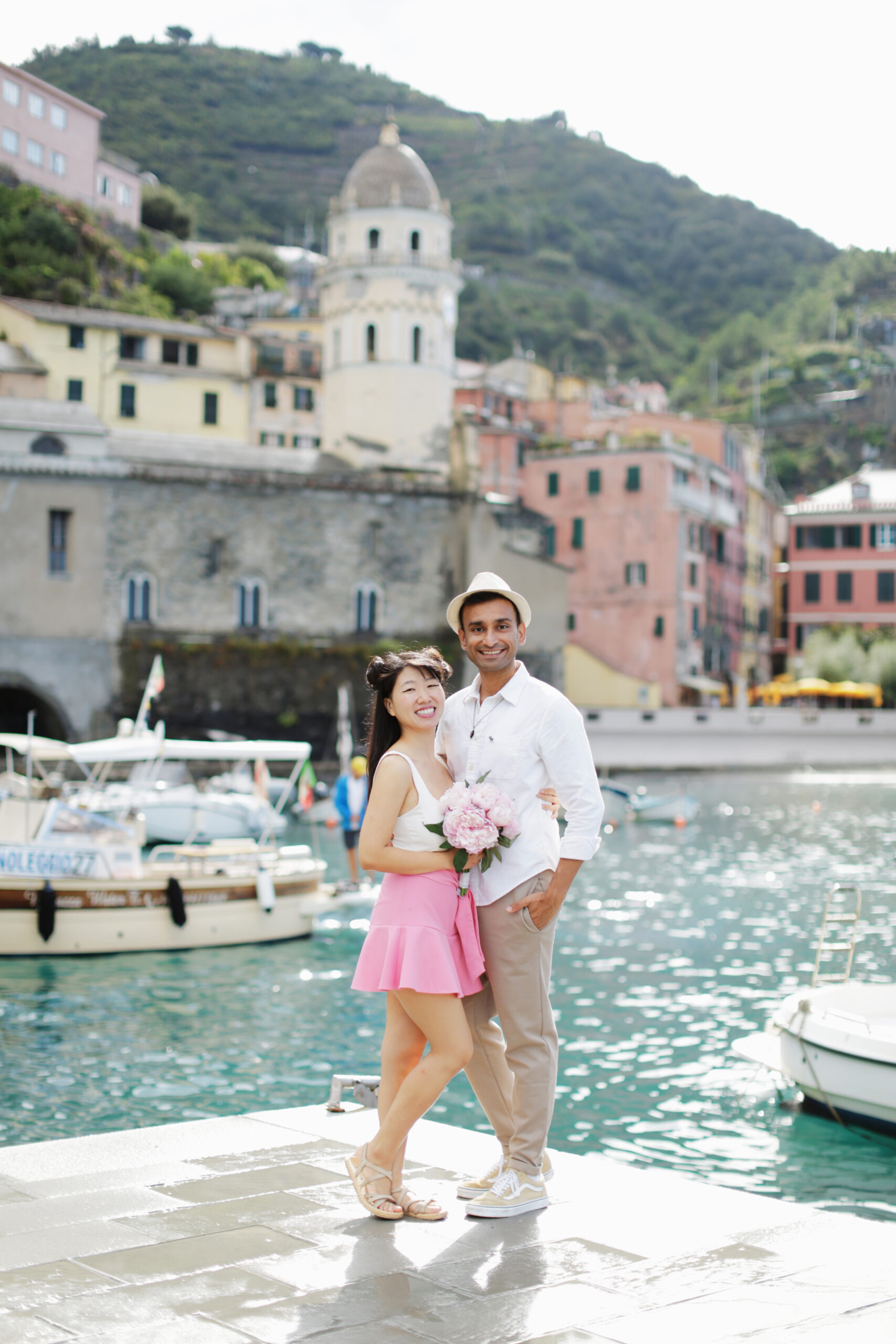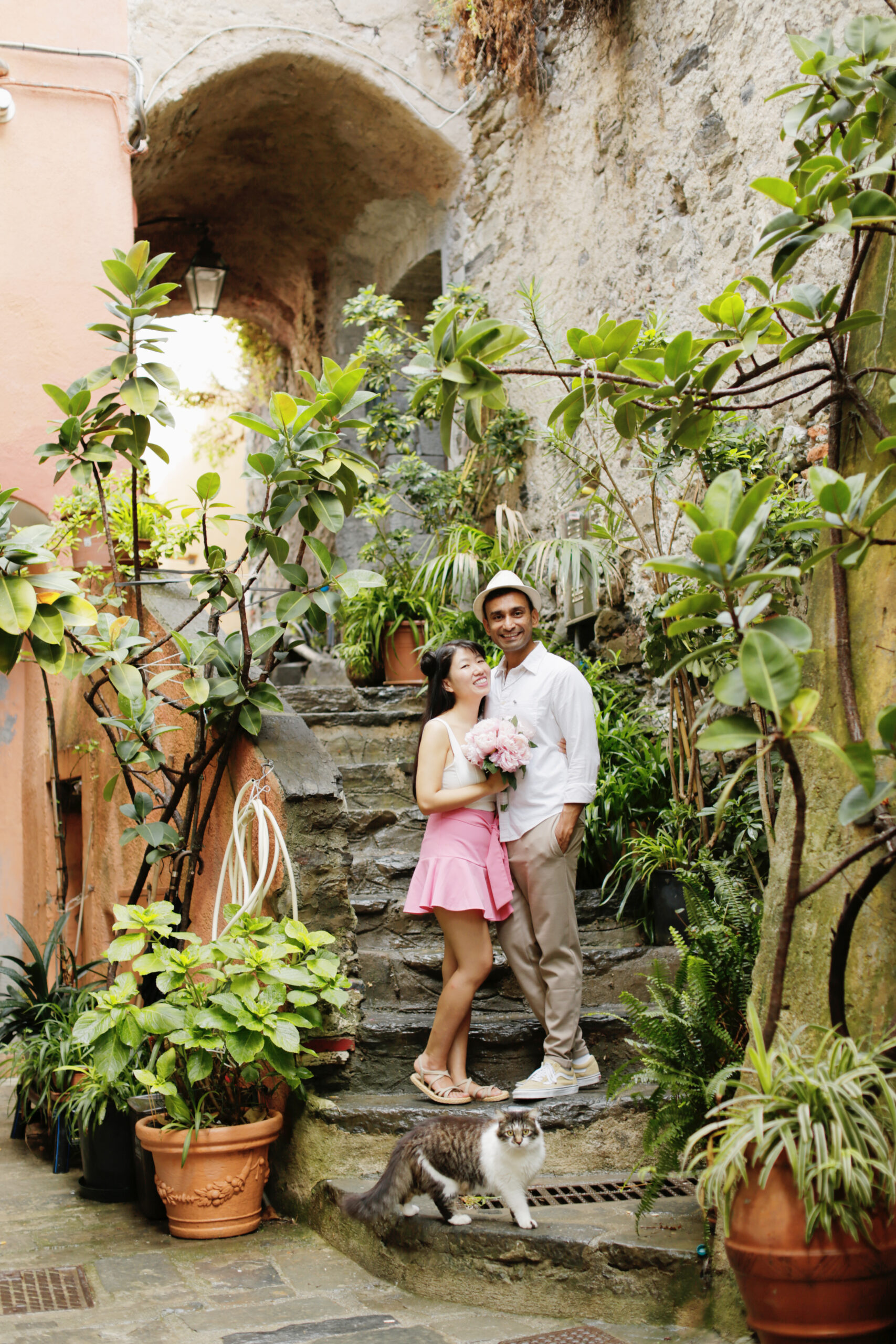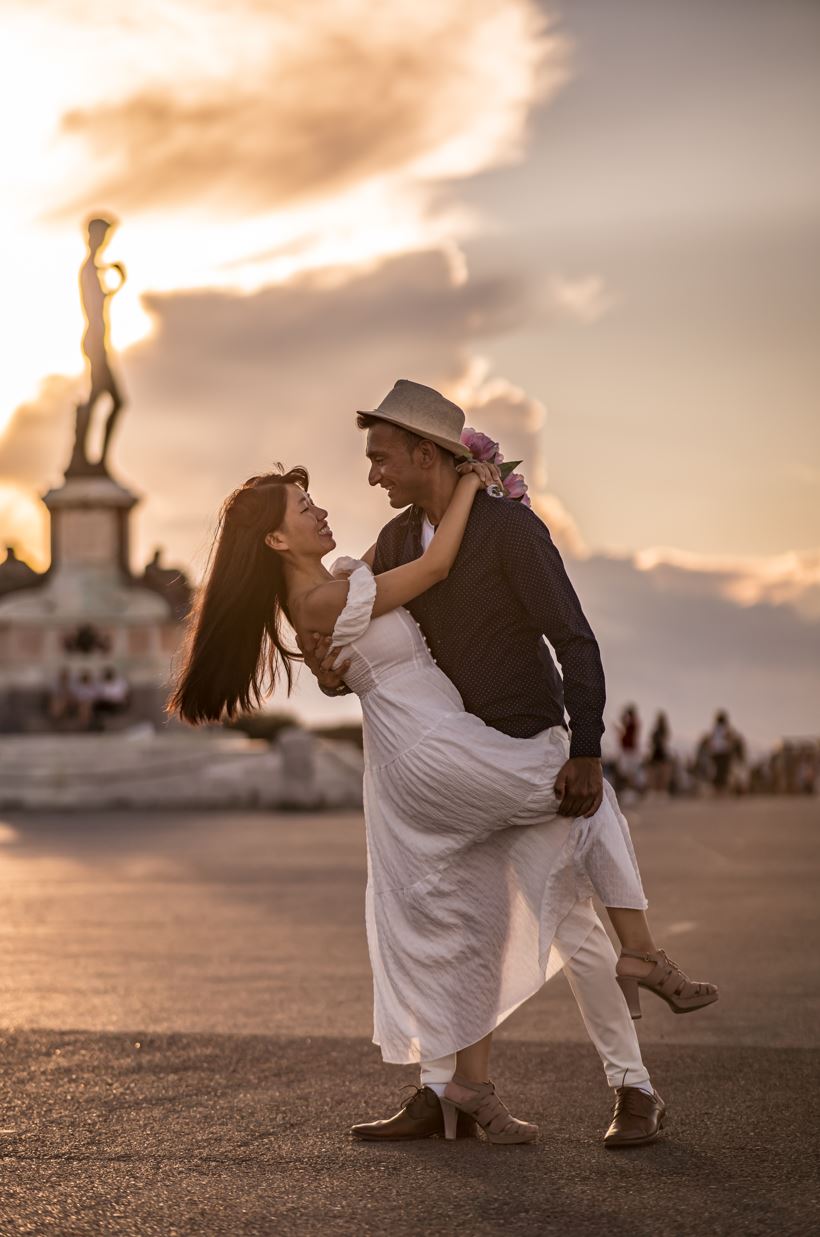Last Updated on August 12, 2025 by Jade and Deeshen
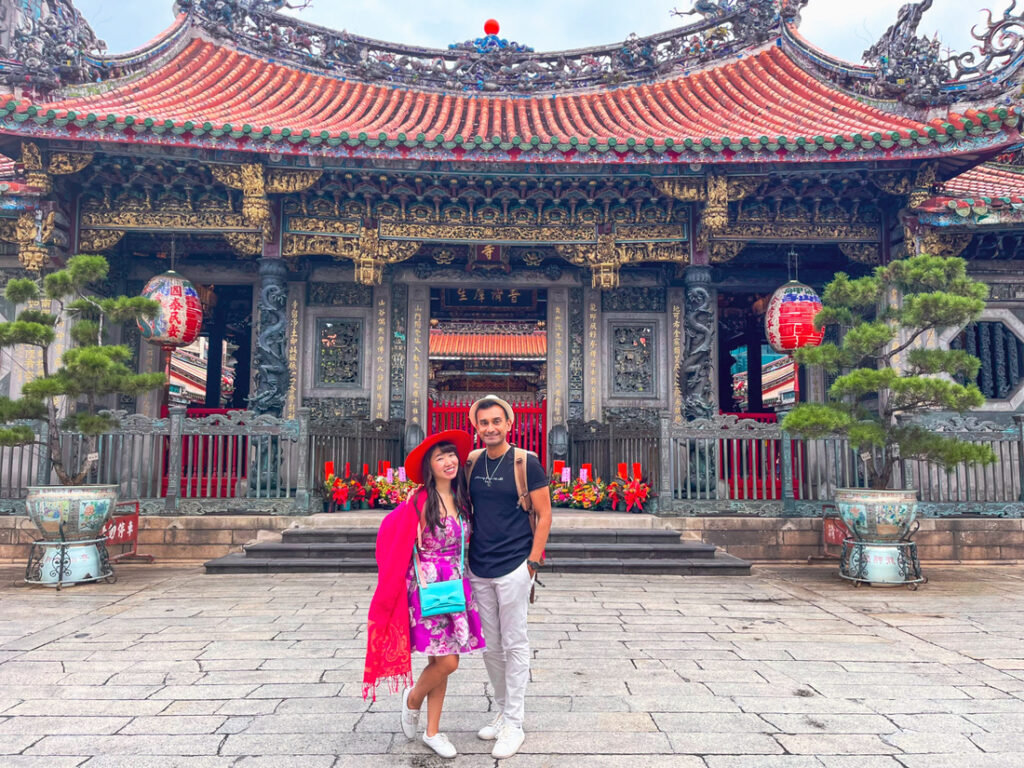
Longshan Temple is unquestionably the most famous temple in Taipei, Taiwan. And it’s not a tourist trap. Longshan is regarded as the city’s most important temple by many locals in Taipei. It is a vibrant place of worship, brimming with spiritual energy and devotion. The temple grounds host three daily chanting ceremonies.
In this article, we’ll provide tips on visiting the temple, including the temple’s history, best times to go, dress code, visiting etiquette, how to visit and pray, and offerings.
Read on to learn about why Longshan temple is one of our favorite places to visit in Taipei, and its unique chanting ceremony! If you’re traveling to Taiwan, also check out my guides on the best apps for Taiwan travel, must buy Taiwan souvenirs, and our Taiwan Itinerary for 7 days packed with top sights and a travel map.
Longshan Temple Quick Intro

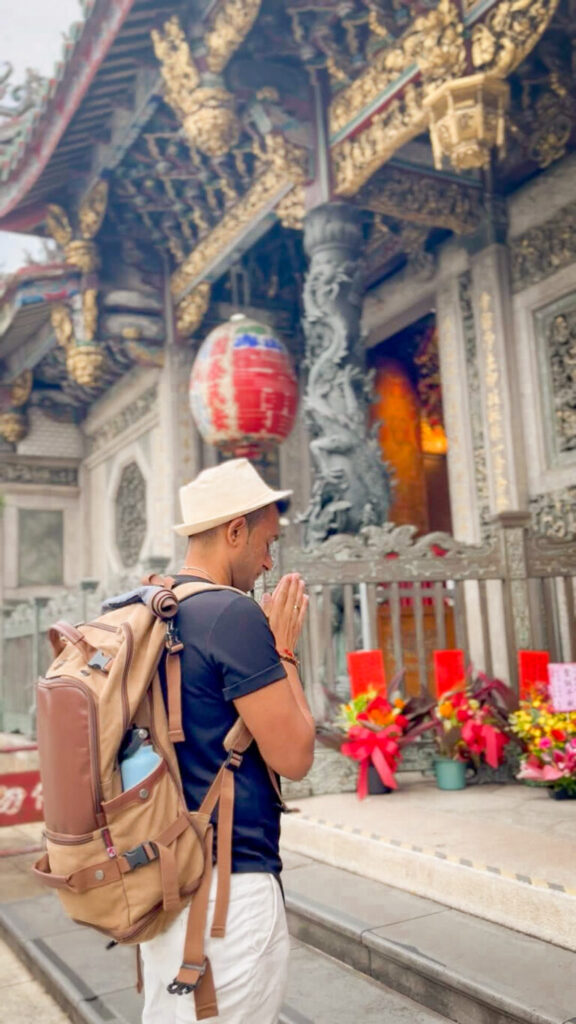
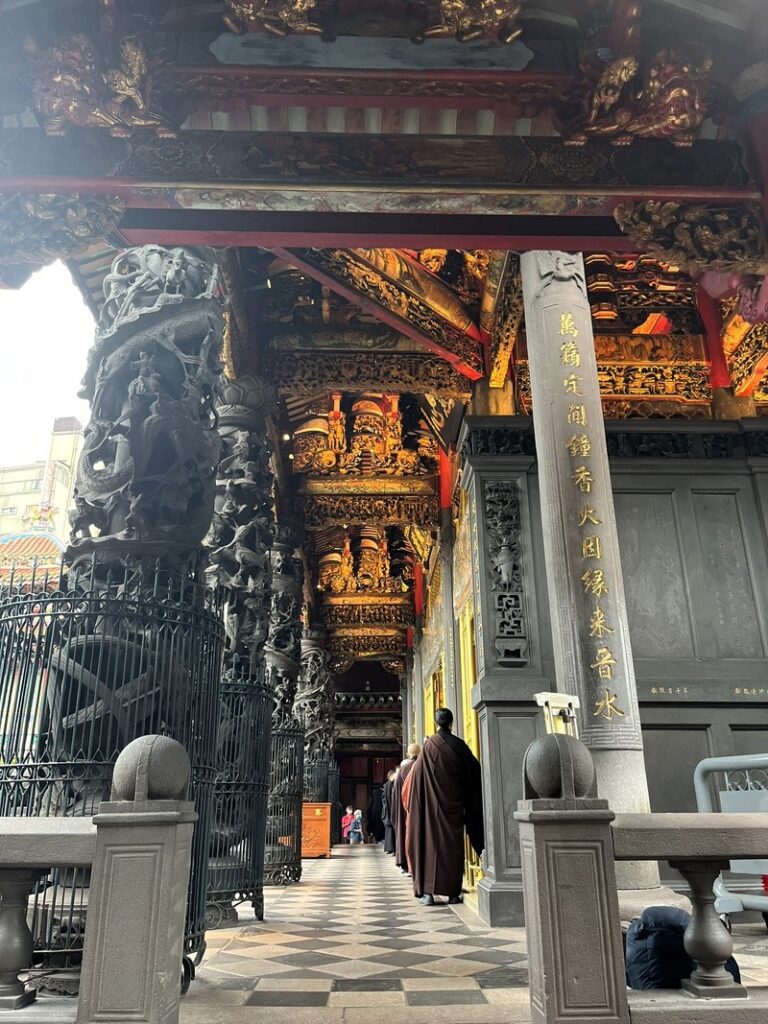
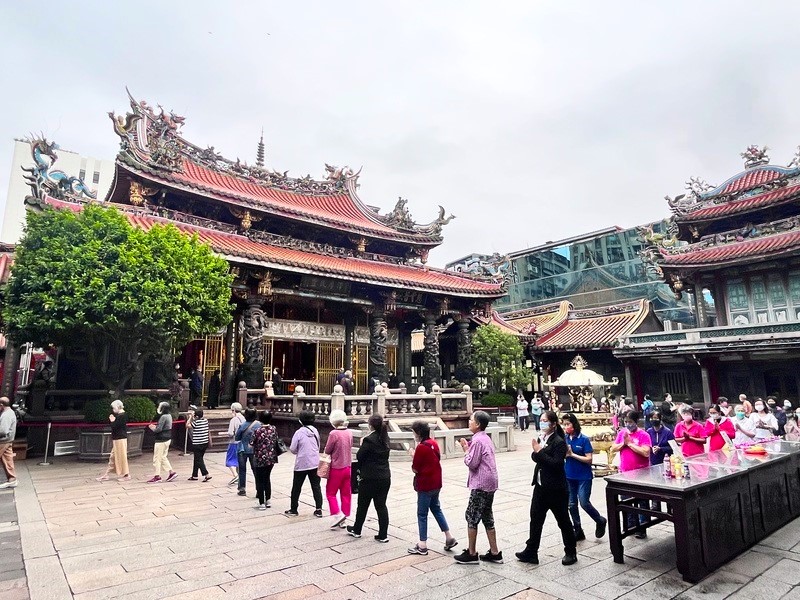
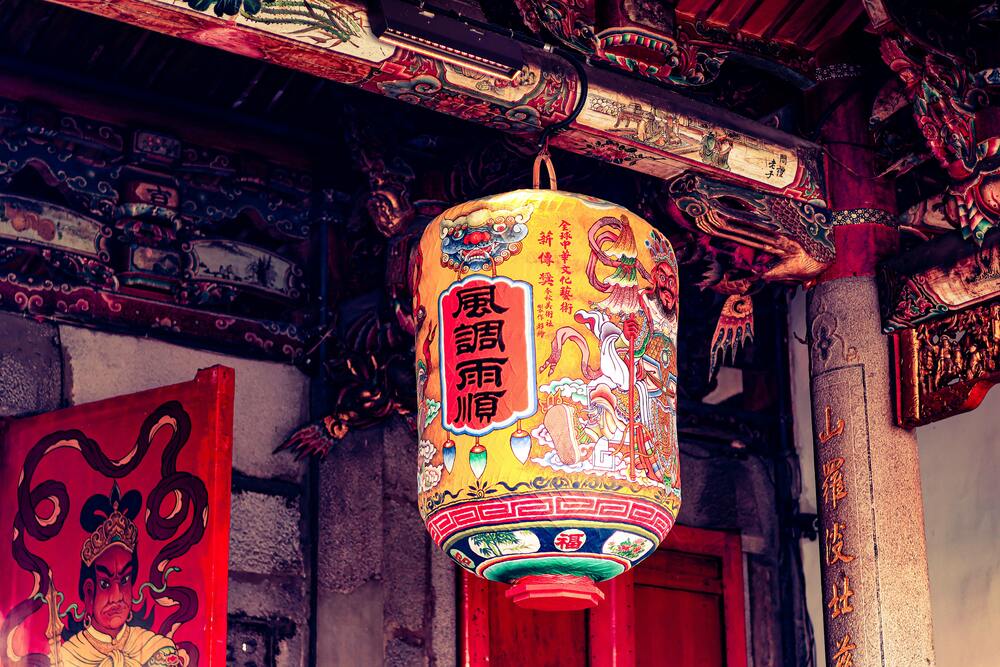
Longshan Temple (龍山寺 lung shan shi) translates literally to “Dragon Mountain Temple” in Chinese. Its name is derived from a temple of the same name in Chin-chiang county of Fujian province in China, the ancestral home of the majority of current day Taiwanese people. That temple is located at the base of Dragon Mountain.
During the Qing dynasty, Fujian immigrants established the temple in Taipei in 1738 to honor Guanyin, the bodhisattva of mercy. It was used as a place of worship and a gathering place for Han Chinese immigrants. It’s also known as Bangka Longshan Temple and Mengjia Longshan Temple.

In addition to the main hall dedicated to Guanyin, it has halls and altars dedicated to other Chinese deities including Mazu or Matsu (goddess of sea), Wenchang Dijun (the god of literature, come during exam period to see how important he is), red-faced Guan Gong (the god of war), and Yue lao (god of marriage aka the old man under the moon in Chinese mythology).
As they were dedicated followers of that ancient Lungshan Temple in their home town, they built this one as a branch temple in Wanhua (alternately known as Bangka/Mengjia) and named it after the root temple when they settled in Taipei.
Address: 211 Guangzhou St, 廣州街211號
Longshan Temple Hours: Longshan Temple is open daily from 6:00 AM to 10:00 PM.
Longshan Temple Entrance Fee: There is no entrance fee to visit Longshan Temple. It’s free to enter and explore the temple grounds. Donations are accepted.
How to get to Longshan Temple in Taipei

MRT: This is the easiest and fastest way to get to Longshan Temple. Take the Blue Line (Bannan Line) to Longshan Temple Station (Exit 1). The temple is right across from the exit.
Train: Take a local TRA train to Wanhua Station and walk north towards the temple.
Bus: Take the Taipei Sightseeing Bus Red Route and get off at the MRT Longshan Temple Station stop.
You can check the Route Map online for details.
Uber or Taxi: This is the most convenient option if you have luggage, limited mobility or want to save time. If you’re wondering is Uber in Taipei, the answer is yes! Learn why Uber is better than taxis in Taipei.
We use Uber to get to Longshan temple in time for the 6am chanting as our Taiwan Minsu or hotels are not always near an MRT station.
If you’re taking a taxi, just tell the taxi driver “Lungshan Temple” (Wanhua District) and they should be familiar with the location.
Best time to visit Lung Shan Temple
The best times to visit Longshan are around 6am, 8am and 5pm, when crowds of worshippers gather and engage in a peaceful chanting.
Longshan Temple in Taipei, Taiwan has daily chanting ceremonies at 6–6:45 AM, 8–8:45 AM, and 3:45–5 PM. The temple also hosts other ceremonies and festivals throughout the year, including:
- Lunar New Year: A lantern lighting ceremony on the eve of the new year, and the temple strikes a bell and drum from its towers to signal the new year
- Guanyin’s birthday: A popular celebration on the 19th day of the second lunar month
- 1st and 15th of each month: Worship ceremonies for the sea goddess Mazu
- April Buddha Day: A worship ceremony
If you’re visiting Taiwan, you may also be interested in Jiufen old street for must eat food, Pinglin for Xuan zi ju tea house ceremony, and Taiwan’s cat village, Houtong. All of are easy day trips from Taipei!
Long Shan Temple History

The temple’s name can also be spelled as Lungshan Temple, Lungshan shi, or Bangka/Monga/Mengjia Longshan Temple (艋舺龍山寺). These are Taiwanese language pronunciations for Wanhua district, the original walled city of Old Taipei.
These terms also distinguish Bangka Longshan Temple from at least three other Longshan Temples in Taiwan, including those in Tamsui (New Taipei City), Lukang (Changhua County), and Kaohsiung.
Longshan temple was designated a national monument by the Ministry of Culture in 2018, reflecting their rich historical and cultural value.
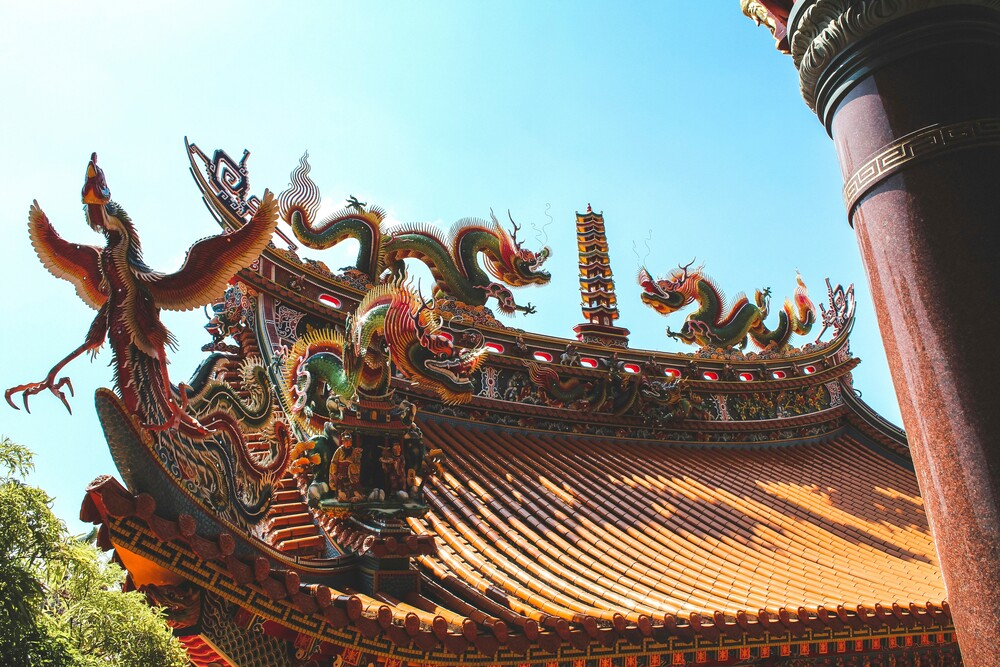
The temple is an impressive structure with sweeping swallowtail eaves, colourful jiǎnniàn (mosaic-like temple decoration) figures on the roof, and elaborate stone and woodcarvings. It is common to find the ‘Auspicious Four Beasts (四祥獸)’’ animals depicted in this particular space within Taiwan’s temples, most often represented as a Tiger, Leopard, Lion and Elephant (虎豹獅象) and a 5th animal, Qilin (麒麟), a mythical Chinese Chimera.
As with most temples in Taiwan, Longshan has been rebuilt multiple times after destruction by earthquakes, typhoons and even bombing in the last days of WWII. The temple was rebuilt under Japanese administration and there are many ongoing preservation efforts, including a recent plan by the Taipei city to create an urban Longshan temple park. It was most recently targeted by American bombers during the Taihoku Air Raid on May 31, 1945, during World War II, because the Japanese were allegedly hiding weaponry there. Many numerous valuable items and artworks were lost.
Despite being completely or partially devastated, its dedicated followers and Taipei locals have continually restored and renovated the temple. It was restored just a few months after World War II ended.
You might be asking is Taiwan safe right now? Read our Taiwan safety tips to learn why Taiwan is one of the safest countries in the world for female and foreign travelers.
Longshan Temple Map
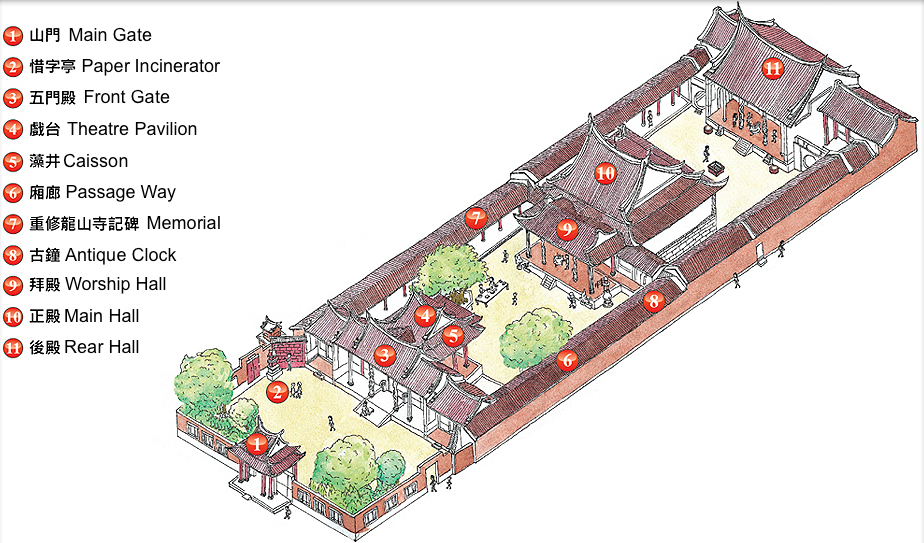
Long Shan Temple Dess Code
There isn’t a strictly enforced dress code at Longshan Temple. However, to be respectful in this place of worship, it’s best to dress modestly. Here’s what that means:
- Cover your shoulders and knees. Opt for shirts, blouses, or dresses that cover your shoulders. For bottoms, pants, skirts, or long shorts that reach at least your knee are ideal.
- Avoid overly revealing clothing. Skip tank tops, halter tops, or clothes with large cutouts that expose a lot of skin.
- Focus on comfort. While there’s no specific dress code, you’ll likely be walking around the temple grounds. Choose comfortable clothing and shoes that allow for easy movement.
By dressing modestly, you’ll show respect for the religious significance of the temple and ensure an enjoyable visit.
Longshan Temple How to Visit the Temple and Pray (Step by Step)
There’s no single way to pray at Longshan Temple, but here’s a general guideline followed by many visitors. For travelers who want to pray the authentic way, prayer in Mandarin is pronounced as bai bai (拜拜).
Step 1: Enter through the Dragon Gate
There is only one Main Gate into the temple grounds. Enter through the Dragon Gate on the right side. When you enter, take a moment to study the bright porcelain tile mosaics and dragons on top the gate—these are common features in Fujian and Taiwanese-style temples.
Once you pass through the gate, you’ll find yourself in a small square in front of the temple. Check out the waterfall outside the temple to the right, and the koi pond to the left. The koi pond is unique for its Butterfly koi which look like mythical dragon koi! It was the first time we’ve seen this type of koi and it was spectacular.
Step 2: Incense and Offerings
Before you enter the temple, there are a few vendors in the street who sell incense, flowers and offerings (optional) for the temple. Light the incense and make offerings before the main deities. You can also donate money or even your lottery receipts.
There are also two small gift shops inside where you can buy incense, vegan snacks and ramen, mala beads, and prayer charms.
Step 3: Enter the Main Hall to pray
Proceed to the main hall and pray to the main deity, Guanyin (Goddess of Mercy). You can also use the jiaobei (crescent-shaped moon blocks) here to ask a yes-or-no question by throwing them and interpreting their landing position. We’ll explain how to use the moon blocks later.

Step 4: Visit the rear halls to pray to other deities
Explore the different halls dedicated to other deities like Hua Tuo (God of Medicine), Wenchang Dijun (God of Literature), Mazu (Goddess of the Sea), and others. You can offer prayers to them as well. In one of the rear halls, you can find the statue of Yue Lao, the God of Love, to pray for love. You’ll also see huge lanterns
Step 5: Use Moon Blocks aka Divitation Blocks or Jiaobei
On the front hall, you’ll find jiaobei also known as moon blocks, and also fortune sticks. Hold the two crescent blocks together in your cupped hands. Silently formulate your question in your mind. It should be a yes-or-no question suitable for answer through the jiaobei, then gently toss them onto the ground in front of the deity.
If both blocks land with one flat side and one curved side facing up, it signifies a positive answer or approval (“yes”). If both blocks land with the curved sides facing up, it means the answer is negative (“no”). If both blocks land on their sides (curved sides touching the ground), the answer is unclear.
The results shouldn’t be taken as absolute truth, but rather as guidance, suggestion, or a possibility. Treat the jiaobei as a tool for sincere communication with the deities.
Step 6: Exit via the Tiger Gate
Leave the temple through the Tiger Gate on the left side. There are two main reasons why visitors enter Longshan Temple through the Dragon Gate and exit through the Tiger Gate. Other than the pratical smooth flow, the main reason is that in Chinese mythology, the dragon and tiger represent yin and yang, two opposing yet complementary forces in the universe.
Entering through the Dragon Gate (associated with yang, masculinity, and activity) symbolizes starting your visit with a positive and active energy. Leaving through the Tiger Gate (associated with yin, femininity, and reflection) signifies letting go of any negativity and taking a moment of peace with you as you depart.
Morning Prayer at Long Shan Temple
At the Longshan Temple, located in Taipei, Taiwan, a distinctive feature of the morning prayer ritual is the zigzag pattern led by monks, and we haven’t seen this special prayer anywhere else. You can see this at the prayer at the chanting times mentioned above. This practice is deeply rooted in traditional Chinese beliefs and Taoist philosophy of harmonizing with the natural flow of energy, or “qi,” and maintaining balance and order within the sacred space of the temple.
The ritual of walking in a zigzag pattern during morning prayers serves to purify the environment and the individuals participating in the ceremony. It is designed to confuse and ward off evil spirits. In traditional Chinese culture, it is believed that evil spirits can only travel in straight lines.
By creating a walkway that zigzags, the priests ensure that any malevolent entities cannot follow them or enter the sacred space of the temple. Lastly, the practice reflects a deep connection to nature and the spiritual world, emphasizing the importance of maintaining spiritual purity and protection in daily rituals.
If you love nature or spiritual places, you might also be interested in my trail photos on Keelung Mountain near Jiufen and Taiwan’s Teapot Mountain where there are many nearby temples. Or my guide on Kenting National Park and why it’s worth visiting.
Read Next: 50+ Taiwan Top Things to Do
Long Shan temple FAQs
Can you go inside Long shan temple?
Yes, you can absolutely go inside Longshan Temple! It’s a functioning temple open to the public daily.
What is long shan temple famous for? Longshan Temple in Taipei is famous for a few things. First, it’s one of the oldest temples in Taipei, built in 1738 by Chinese immigrants. Second, it showcases a unique blend of religions, with elements of Buddhism, Taoism, and Confucianism all represented. Finally, visitors can observe worshippers engaging in prayer rituals, which often involve chanting and offerings made before statues of deities.
How do I get to Taipei long shan temple? The easiest way to get there is by taking the MRT Blue Line (Bannan Line) to Longshan Temple Station (Exit 1). Other options include trains, buses, taxis, or Uber. The quickest way is by Taxi or Uber.
Can you take pictures at Longshan temple?
Yes, you can take pictures at Longshan Temple, but avoid using flash photography to preserve the artifacts.
Is there a dress code?
There is no strict dress code enforced at Longshan Temple. However, it’s always best to be respectful when visiting a place of worship. Opt for modest clothing that covers your shoulders and knees. Avoid overly revealing clothing like tank tops or short shorts.
How many temples are there in Taiwan?
There’s no official count, but there’s an estimate of over 15,000 official temples around Taiwan, dedicated to hundreds of gods, folk heroes, animals. Taiwan’s rich history in Buddhism and Taoism means there are numerous temples scattered around the island. Longshan temple is undisputedly the most famous one.
Wanhua’s two other most famous temples are Bangka Qingshan Temple (艋舺青山宮) and Bangka Qingshui Temple (艋舺清水巖).
What to do around Long shan temple after visiting?
Fortune tellers offer advice in the streets surrounding the temple, vendors sell Chinese Medicine herbs and food, and four night markets spring to life in the evening. The most famous is Huaxi Night Market. This is the vibrant core of Wanhua, Taipei’s oldest district.
Is Lungshan temple a must see and do in Taipei Taiwan?
Absolutely! Longshan Temple is a significant cultural landmark, one of the most important temples in Taipei for locals, and a popular traveler must do in Taipei.
Final Thoughts: Longshan Temple Taipei Guide
We hope you found this guide on visiting Long shan temple helpful! Long shan temple is definitely worth a visit. Have you visited Taiwan or Long shan temple? If yes, tell us about your experience below!
Read More about Taiwan
Best Places to See in Taiwan
Best Taiwan 10 day Itinerary
What to eat in Jiufen Old Street
Is Kenting Worth Visiting? (YES! And Here’s Why)
Is Taiwan safe to travel right now? (Latest Local Tips)
38 Taiwan Souvenirs to Buy and Where to Buy Them
Is there Uber in Taiwan? (and are they are better than taxis)
How to Hike Elephant Mountain (Xiangshan) to see the best Taipei views!
How to Visit Longshan Temple Taipei
What is a Minsu in Taiwan (and how to book them!)
How to Bike around Sun Moon Lake Taiwan
Jiufen at Night: How to Visit (and is it better than day time)
6 Reasons why Jiufen is Worth Visiting
Houtong Cat Village: How to Visit from Taipei
Read about Where to Stay in Taiwan
11 Best Hotels in Sun Moon Lake Taiwan (with lake views!)
Where to Stay in Jiufen: 15 Best Hotels with the Views
17 Best Luxury Hotels in Taipei
